We fix the top issues that cause no sound on an iPhone.
The iPhone’s superior audio quality is attributed to Apple’s specialized digital-to-analog converters (DACs). Influenced by the success of the iPods, these DACs make iPhones sound better than their Android counterparts.
However, some iPhone users complain of no sound coming from their device, as caused by various hardware and software issues. This happens during calls, games, or general music listening.
You can address this by adjusting the sound settings or doing some software reboots, though. Read on for all the tested and proven solutions for when there’s no sound on your iPhone, so you can get back to enjoying your tunes.
- 1. Check and Adjust the Volume Level
- 2. Toggle the Ring/Silent Switch
- 3. Disable ‘Do Not Disturb’ Mode
- 4. Check the App Sound Settings
- 5. Turn Off Bluetooth
- 6. Clean Your iPhone Speakers & Charging Port
- 7. Reboot Your iPhone
- 8. Update Your iPhone Software
- 9. Reset All Settings
- 10. Restore Factory Settings
- 11. Ask Apple Support for iPhone Sound Problems
- FAQs for No Sound on iPhone
- Conclusion
- 1. Check and Adjust the Volume Level
- 2. Toggle the Ring/Silent Switch
- 3. Disable ‘Do Not Disturb’ Mode
- 4. Check the App Sound Settings
- 5. Turn Off Bluetooth
- 6. Clean Your iPhone Speakers & Charging Port
- 7. Reboot Your iPhone
- 8. Update Your iPhone Software
- 9. Reset All Settings
- 10. Restore Factory Settings
- 11. Ask Apple Support for iPhone Sound Problems
- FAQs for No Sound on iPhone
- Conclusion
1. Check and Adjust the Volume Level
Don’t be surprised if your volume got lowered unknowingly. Random movements in your pocket or bag can hit the volume control buttons, potentially raising, lowering, or even muting your phone.
To fix your volume:
- Tap the volume button on the side of the phone.
iPhone with focus on the volume button - Look at the volume bar on your screen. It usually appears as a volume meter and horizontal bar at the top of your screen. Press the volume up button to restore your sound if it is down.
Volume bar on an iPhone Screen.
2. Toggle the Ring/Silent Switch
You can enter Silent Mode using the iPhone’s Ring/Silent switch. While this so-called “Silent Mode” is used to silence rings and notifications, it can also affect other apps.
In my experience, I’ve struggled with no sound on my gaming apps on iPhone and tried so many fixes only to realize that it’s because the Silent switch was turned on.
Check the side of your iPhone (see picture below) to ensure the Ring/Silent switch doesn’t show a red bar. If it does, flick the Ring/Silent switch to restore all sound functions. Then, for best measure, adjust your volume level accordingly.
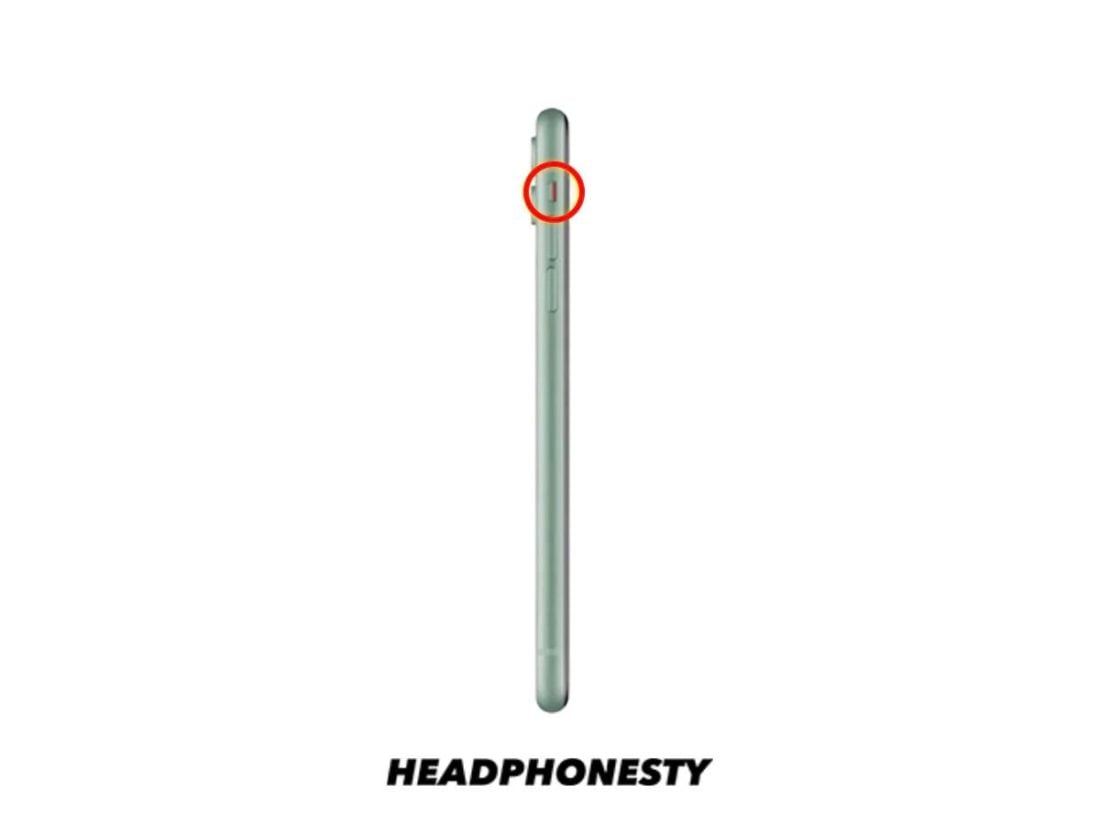
3. Disable ‘Do Not Disturb’ Mode
Same with the Ring/Silent switch, if the volume is okay, try checking if your iPhone has been placed in Do Not Disturb mode.
To disable Do Not Disturb:
- Drag your finger down from the top-right corner to open the Control Center.
Open the Control Center. - Tap on Focus.
Focus option on Control Center - If Do Not Disturb is turned on, simply tap it to disable it.
Tap Do Not Disturb button.
4. Check the App Sound Settings
Both apps developed by Apple that were pre-installed on your iPhone and some third-party apps also have sound settings.
Most apps, such as the movie app QuickTime, can have their volume adjusted using the volume control buttons. While this should feel natural to most users, not all apps are so intuitive.
One particularly egregious example of this is the Photos app. Starting in iOS 13, tapping a video in the Photos app will play the video, but no sound will come from your iPhone until you tap the speaker icon at the bottom-right corner of the screen.
What is causing Photos users frustration is that, by default, you have to tap this button every time you use the app. Fortunately, you can turn this behavior off by disabling autoplay of videos. You’ll have to start the videos manually but not unmute them every time.
Here’s how:
- Open your iPhone’s Settings menu.
iPhone settings icon. - Scroll down and click on Photos.
Select Photos. - Toggle Auto-Play Videos and Live Photos off.
Auto-Play Videos and Live Photos turned off.
5. Turn Off Bluetooth
One possible reason for your iPhone’s internal speakers not working is connected Bluetooth devices. If you have a Bluetooth device connected to your iPhone, e.g., your AirPods, the audio gets sent to it instead of coming out of your phone.
You can solve this problem by simply turning off your Bluetooth. Doing so will disconnect all your Bluetooth devices from your iPhone.
Here’s how to disable your iPhone’s Bluetooth connection:
- Start by going to your iPhone Settings.
- Locate and select Bluetooth.
Bluetooth option in the iPhone Settings menu - Turn off Bluetooth by tapping the toggle switch.
Bluetooth is toggled off
6. Clean Your iPhone Speakers & Charging Port
Dust, lint, and debris can accumulate on your iPhone over time, potentially blocking the speakers. This dirt can muffle the sound coming from your iPhone, at worst, even to an inaudible level.
The same can happen with the charging port. But, in this case, too much dirt can trigger the iPhone to think that headphones are plugged in.
Here’s how to clean your iPhone speakers and charging port:
- Damp a toothbrush with 70% isopropyl alcohol and gently brush the speakers.
Gently brush the iPhone speakers. - Wrap a thin film of double-sided tape to a paper clip and press it to the speakers to pick up the stubborn dust.
Wrap a thin film of double-sided tape to a paper clip and press it to the speakers to pick up the stubborn dust. - Use compressed air to blow off the remaining dust. Make sure to keep the compressed air can upright to avoid moisture from coming out.
Use compressed air to blow off the remaining dust. - Repeat the steps for the charging port.
7. Reboot Your iPhone
Rebooting your iPhone and other electronic devices, can fix basic errors. This removes your iPhone’s temporary memory files, giving it a chance to start fresh without deleting many files or making big changes.
How to reboot iPhone X and later models
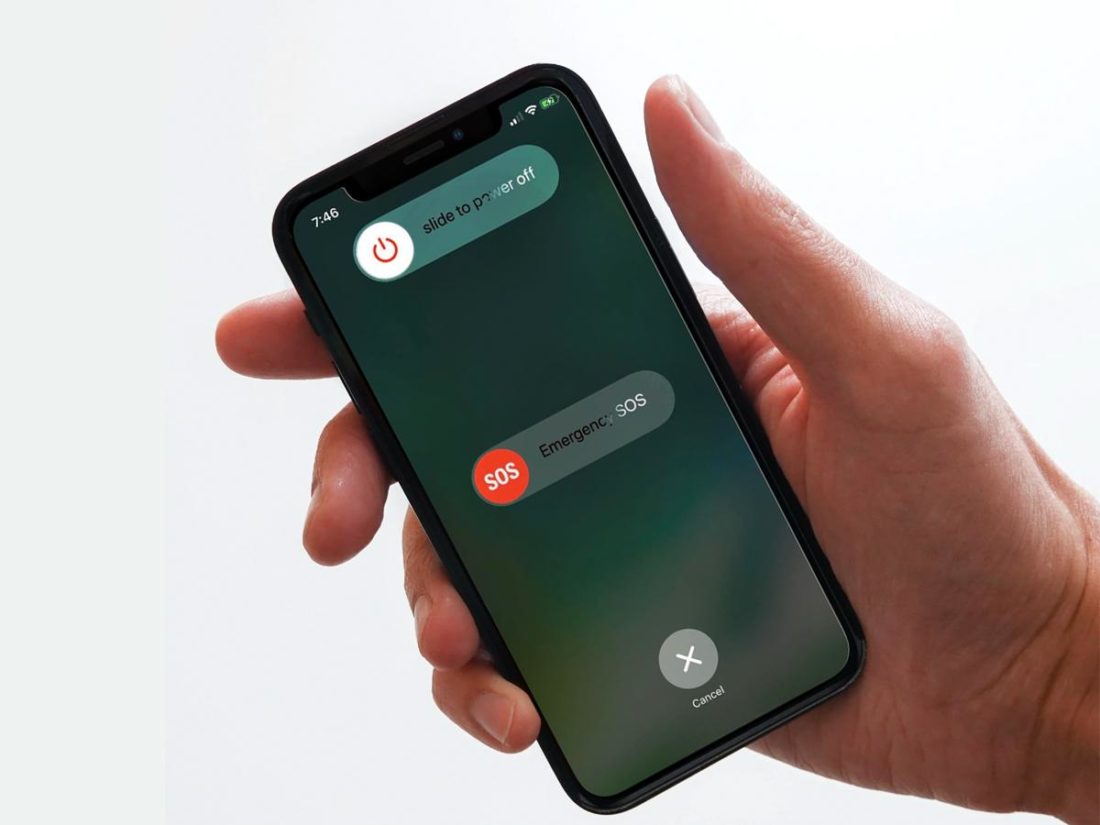
- Hold the Power and Lower Volume buttons at the same time.
- Release both buttons when the Power slider appears. Slide the Power icon to the right.
- To complete the reboot process, hold the Power and Lower Volume buttons simultaneously until the Apple logo appears.
How to reboot iPhone 8 and older models
- Hold the Power and the Lower Volume buttons at the same time. This will deactivate your iPhone.
- To reboot your iPhone, hold the Power and Lower Volume buttons again simultaneously. Keep them held until the Apple logo appears.
8. Update Your iPhone Software
Regular updates to your iPhone can feel annoying, but iPhone updates give you access to new features, enhanced security, and can even fix bugs. If you’ve missed an update on your phone, that may be why there is no sound coming from your iPhone.
By default, your iPhone will automatically update. However, if you don’t have enough space on your iPhone when an update rolls out, the update will not work. To solve this issue right away, you can update your iPhone via computer:
- Open Finder.
Finder in Mac - Connect your iPhone to your computer via USB.
iPhone is connected to the Mac - Click your iPhone on the left sidebar of Finder, under Locations.
iPhone icon under Locations on the left sidebar of Finder - Select Check for Update in the Software section.
Choose the Check for Update option - Wait until you are notified that the update is complete.
Notifcation that the update is complete
9. Reset All Settings
If your iPhone still has no sound, you can try resetting all its settings. Doing so will roll your iPhone settings back to their original, default state.
So while resetting won’t lead to data loss, it’s still advisable to back up your data before resetting all settings. That way, if the reset doesn’t do anything to resolve your sound issues, you can revert to how they were in a hassle-free manner.
Here are the steps to back up your data:
- Open the Settings of your iPhone. Tap on your Name Banner.
Name banner on iPhone - Tapping on the Name Banner will make the iCloud option appear. Tap to select it.
iCloud option - Within the iCloud option, select iCloud Backup.
iCloud Backup - Toggle iCloud Backup on, then tap on Backup Now to create one final copy of all your iPhone data.
Backup your data on iPhone
Once you already saved a backup, then you can reset all your iPhone’s settings by doing the following steps:
- Open the iPhone Settings. Locate then select the General option.
iPhone General settings - Locate the Reset option inside General. Tap to select it.
Resetting iPhone - Select Reset All Settings in the tab that appears. Another Reset All Settings choice will appear. Select it to start the process.
Reset All Settings
10. Restore Factory Settings
After restoring factory settings, the phone’s software will be like it was when you – or its original owner – pulled it out of the box. But, unlike the Reset All Settings option, all data will be removed.
Due to the extreme nature of a factory reset, restoring your iPhone to factory settings should be a last resort.
You can begin restoring your iPhone to its factory settings by doing the following:
- Open the Settings of your iPhone. Go to General.
Going to the General Settings - Tap the Reset option in General.
Selecting Reset - Tap and select Erase All Content and Settings in the options.
Erase All Content and Settings - A new window will appear. Tap on Erase Now if you’ve already made an iCloud backup. Otherwise, backup your data first.
Erase Now - Your iPhone will ask for your passcode. Enter it.
Enter your passcode - Two windows will appear in succession to confirm your choice. Select Erase iPhone in both cases.
Erase iPhone - You will be asked to enter your Apple ID Password. Type it in to initialize the restoration process of your iPhone to its factory settings.
Enter your Apple ID Password
11. Ask Apple Support for iPhone Sound Problems
Doing any troubleshooting processes mentioned in the earlier sections should have restored your iPhone’s sounds by now. If that’s not the case, the best course of action is to contact Apple for support.
To utilize Apple Support for iPhone hardware repairs, do the following:
- Go to Apple’s iPhone Repair and Service page.
The iPhone Repair and Service Page - Select Get Service.
Getting Service button on iPhone Repair & Service - Select More.
Choose the “More” option - Scroll down and select Sound.
Click on the Sound button - Click Continue.
Continuing to iPhone Support - Follow the on-screen instructions under Solutions to find help near you.
Finding Solutions for iPhone sound problem
Be sure to back up your data before sending it to an Apple-affiliated service center nearest you. Aside from that, Apple has prescribed some steps on how to prepare your iPhone before sending it to a service center, so make sure to check it out first.
FAQs for No Sound on iPhone
Why does your iPhone have no sound?
Unfortunately, your phone won’t tell you why there is no sound coming from it. Instead, you’ll need to work through the possible reasons for having no sound on your iPhone.
Take some time to think about when the problem happens, too. Wondering “Why can’t I hear sound on my iPhone during calls?” and “Why can’t I hear sound on my iPhone apps?” can lead you to various solutions.
Taking your circumstances into account, these are some of the possible causes of your iPhone sound issues:
- Sound settings: Sometimes, your iPhone’s volume levels get turned down accidentally due to bumps inside your bag or fidgeting. Other software settings like the ‘Do not disturb mode’, ‘Silent mode’, or even sound enhancements can also cause this issue.
- Connection issues: This refers to your headphones’ connection to your iPhone. A damaged or loose headphone jack might be the culprit for wired headphones. Wireless headphones may also run into issues with Bluetooth.
- Bugs: These are errors in the iPhone’s firmware that cause unintended results, such as audio not working on calls. Bugs can occur due to faulty coding, a failure to update your phone regularly, and other code-related issues.
- App settings: Sometimes, the cause doesn’t lie with the iPhone, but in the streaming platform or other apps you’re using. Some apps have their own sound settings, which may sometimes interfere with the iPhone’s functionality, including causing no sound on other iPhone apps.
- Hardware issues: Wearing down of wire soldering, moisture exposure, and loosening headphone jacks can all contribute to an iPhone’s sound issues.
What’s Apple’s Service Warranty for iPhones with no sound?
The typical Apple Service Warranty applies when your iPhone suddenly has no sound, as long as it wasn’t caused by hardware damage.
However, Apple has released that some iPhone 12 and 12 Pro manufactured between October 2020 and April 2021 were found to have speaker issues. This is due to a failed component in the receiver that may result in no sound for calls.
So, if you own an iPhone 12 or iPhone 12 Pro, you may be eligible for Apple’s no sound recall program. This gives you a free repair for three years after the time of purchase.
To check if you are eligible, simply bring your unit to your nearest Apple Authorized Service Provider.
Conclusion
Have you found an effective solution to your iPhone’s sound issues Hopefully, it won’t happen again. But even if it did, you now know what to do.
What do you think of this article and the methods prescribed? Which method worked best for you? Did you find a new working method all on your own?
Please let us know your thoughts. Drop us a comment below!
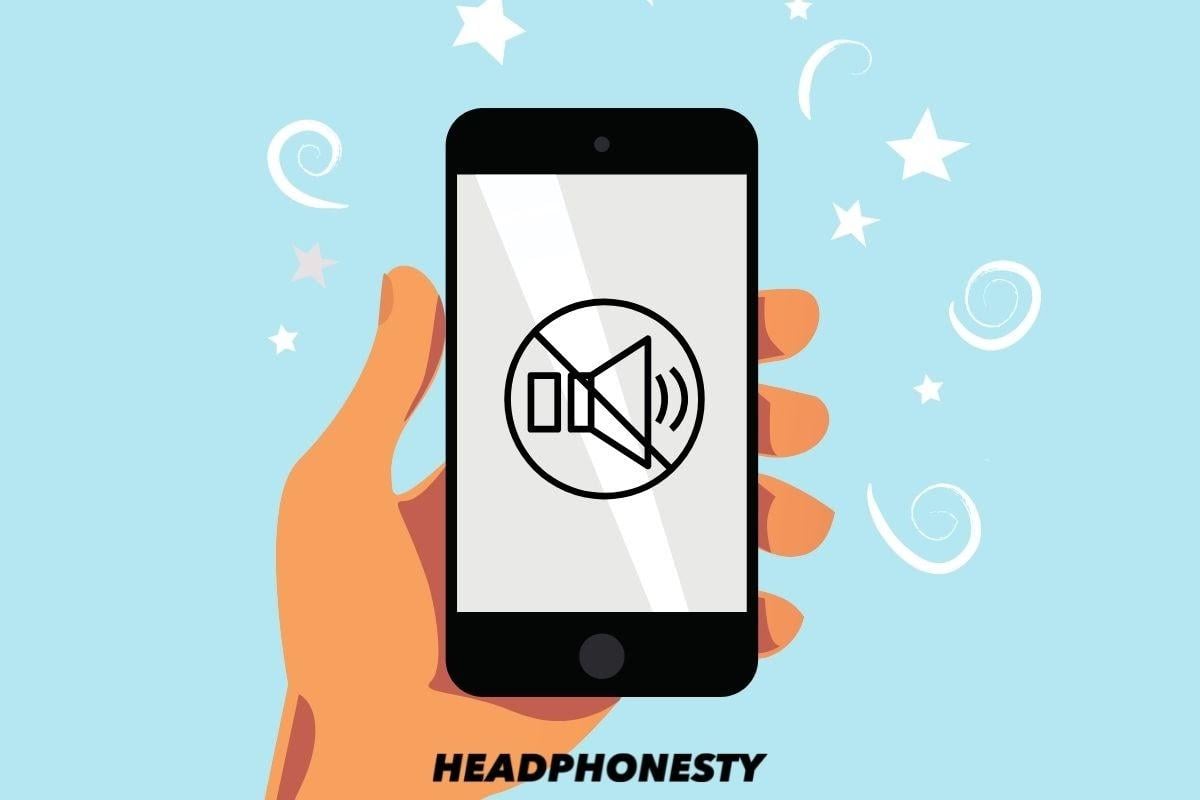
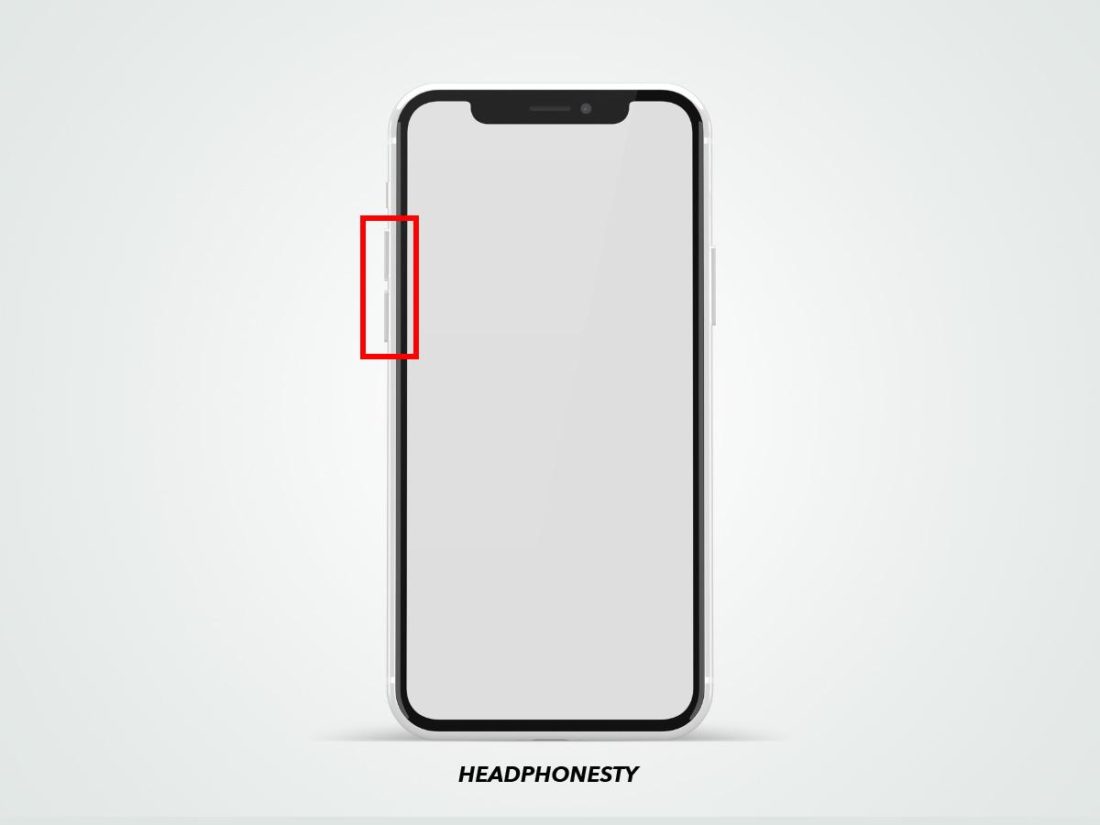
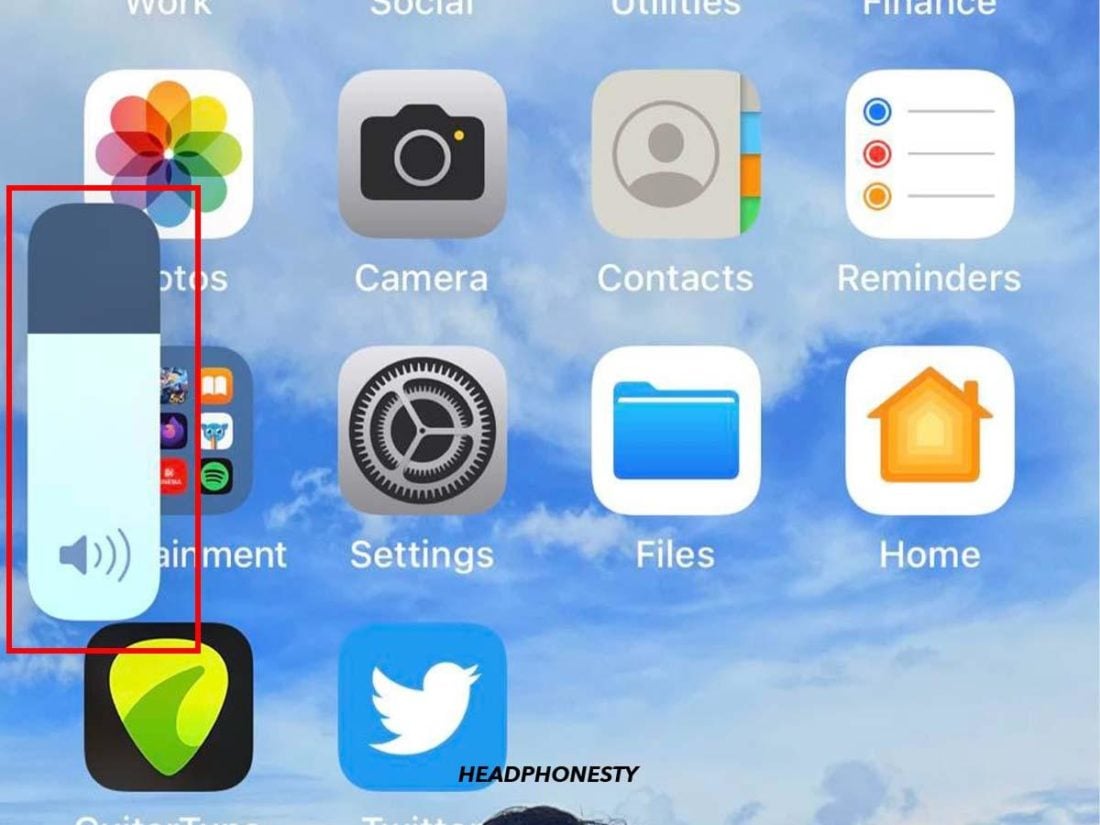
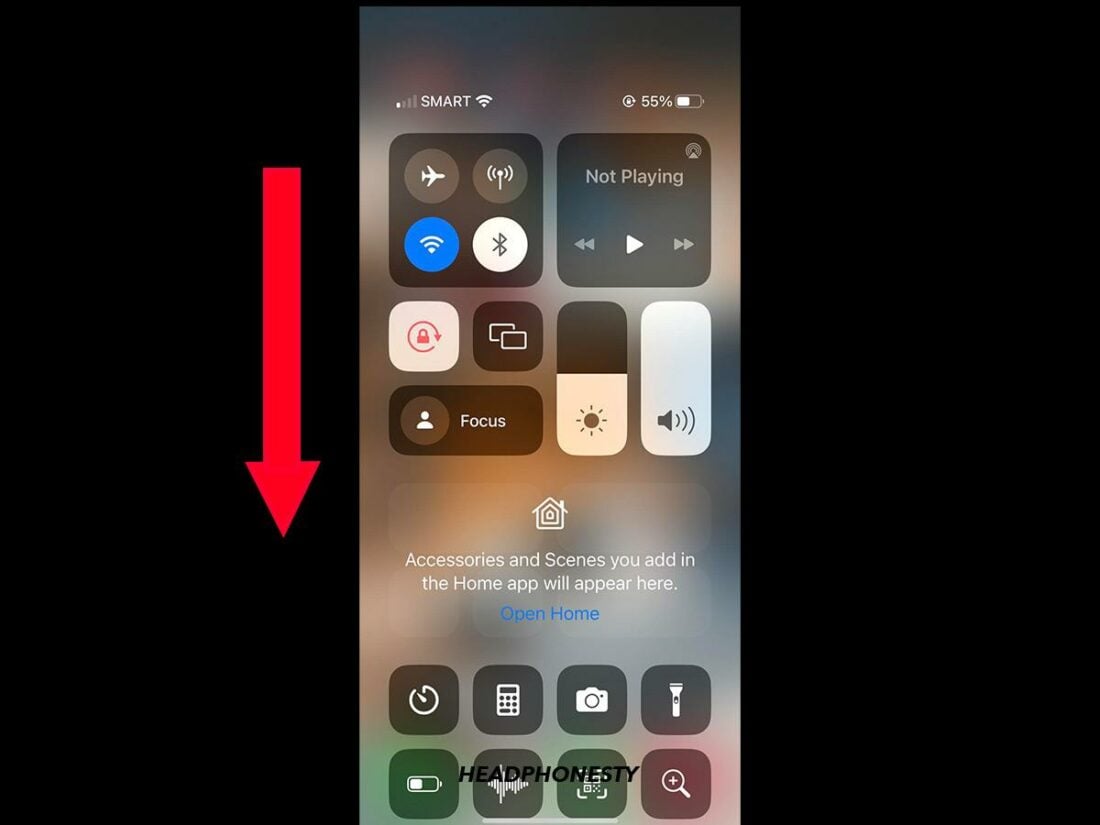
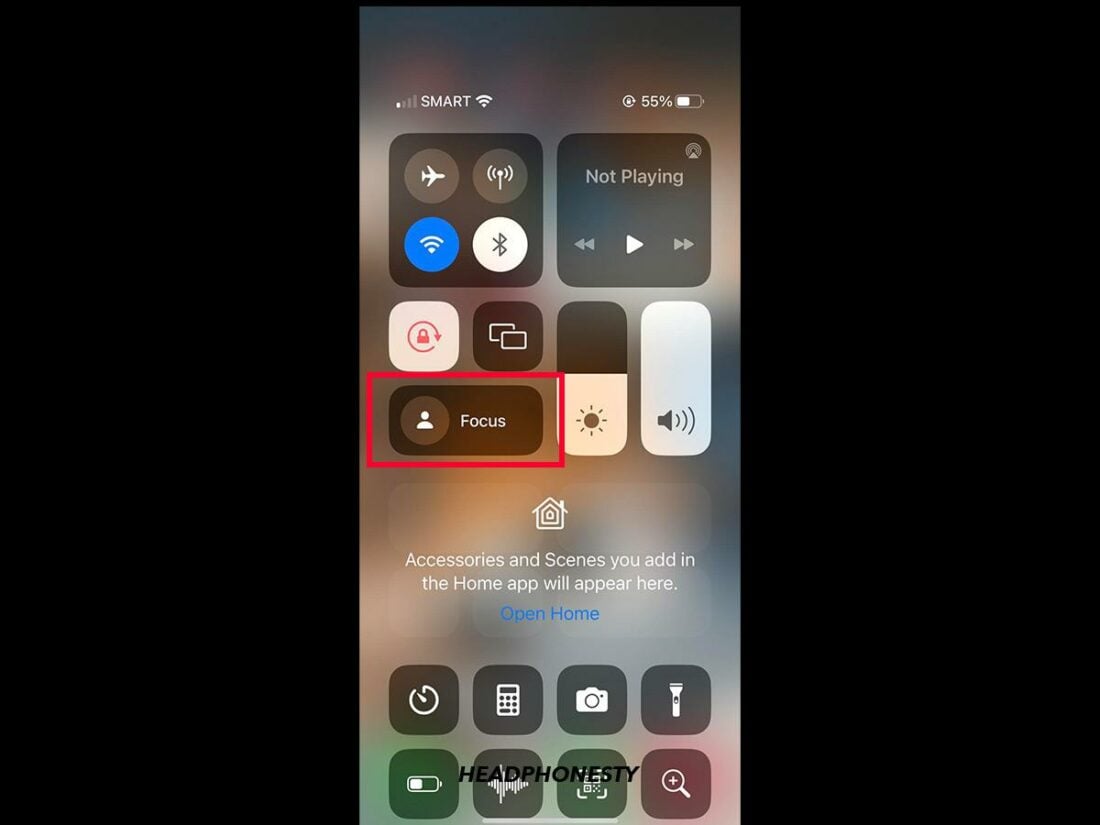
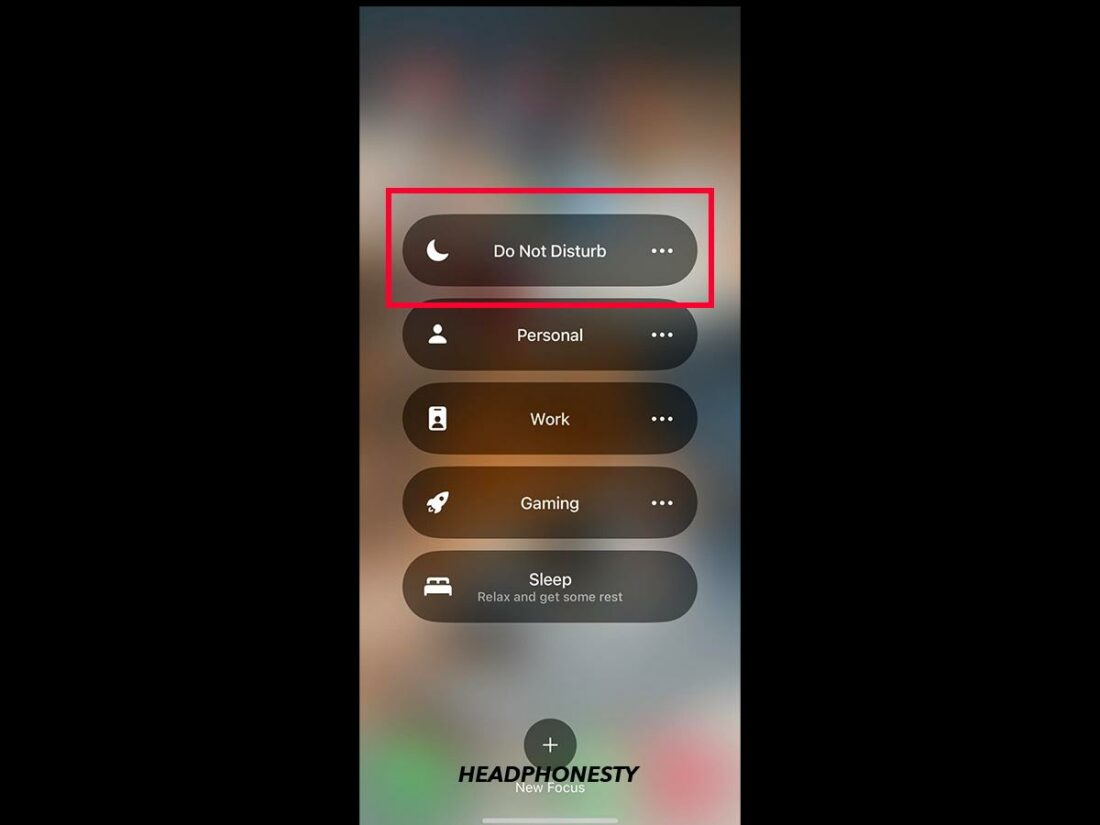
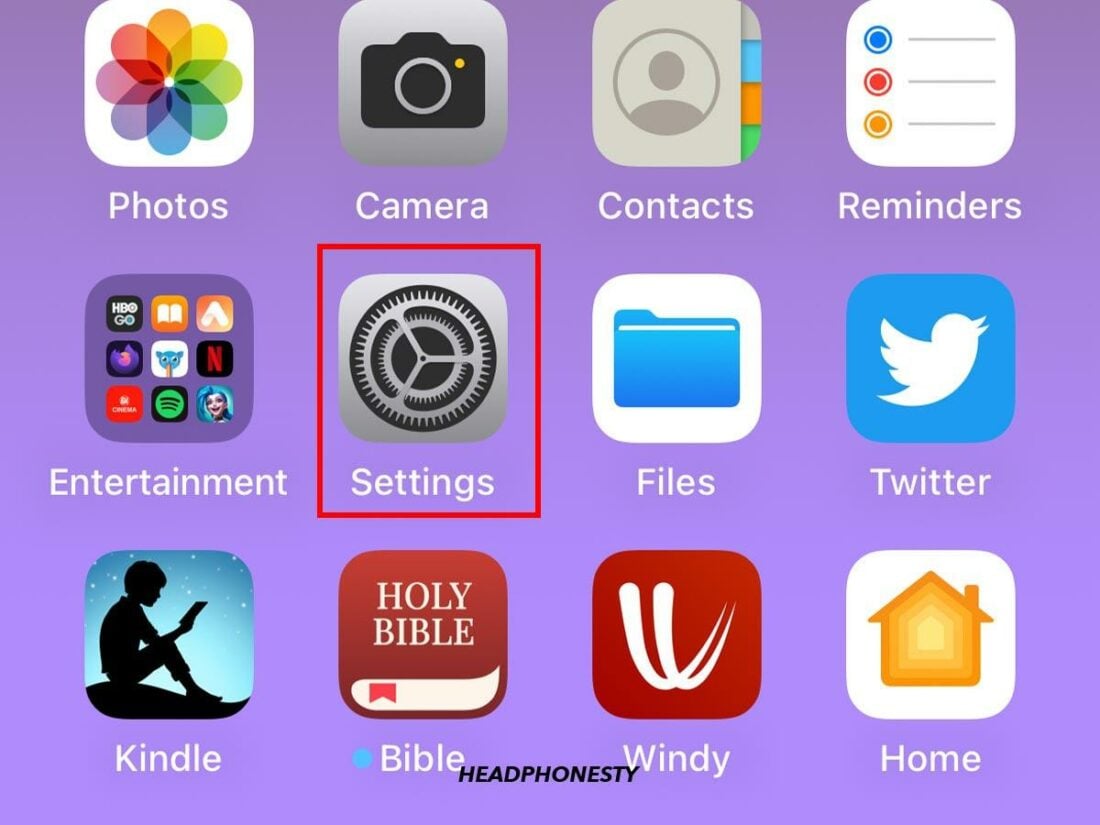
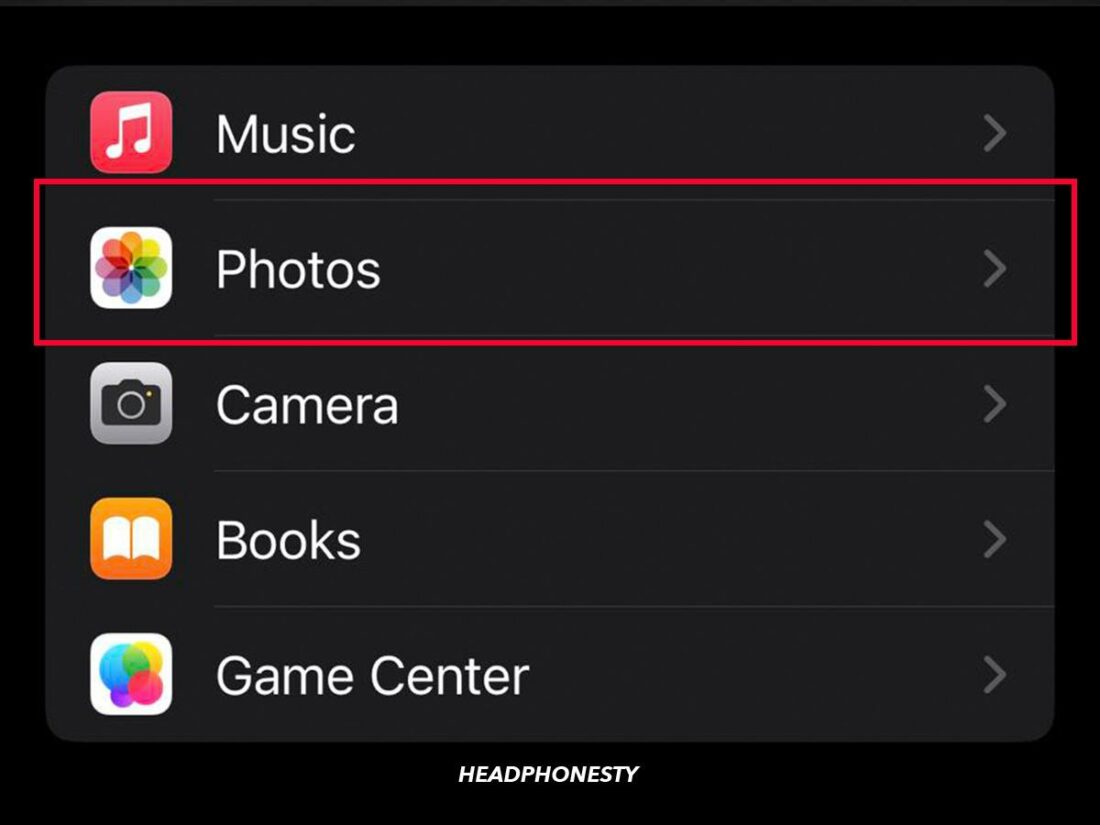
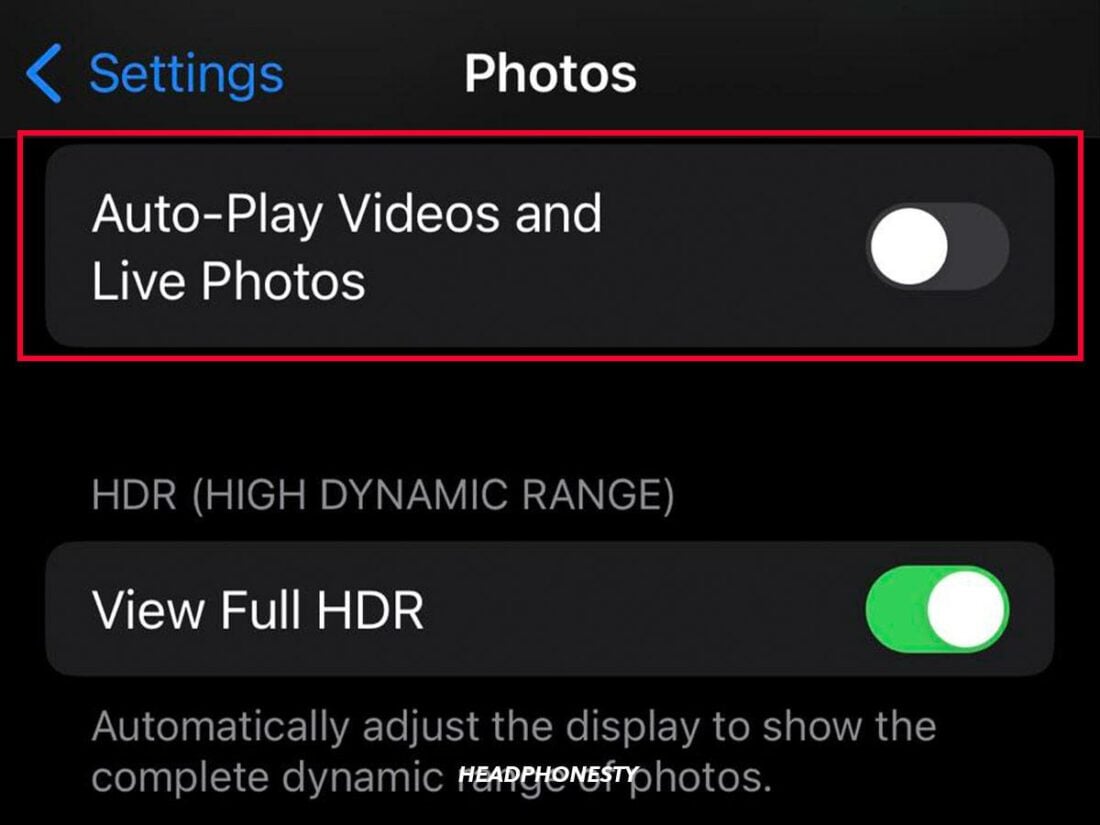
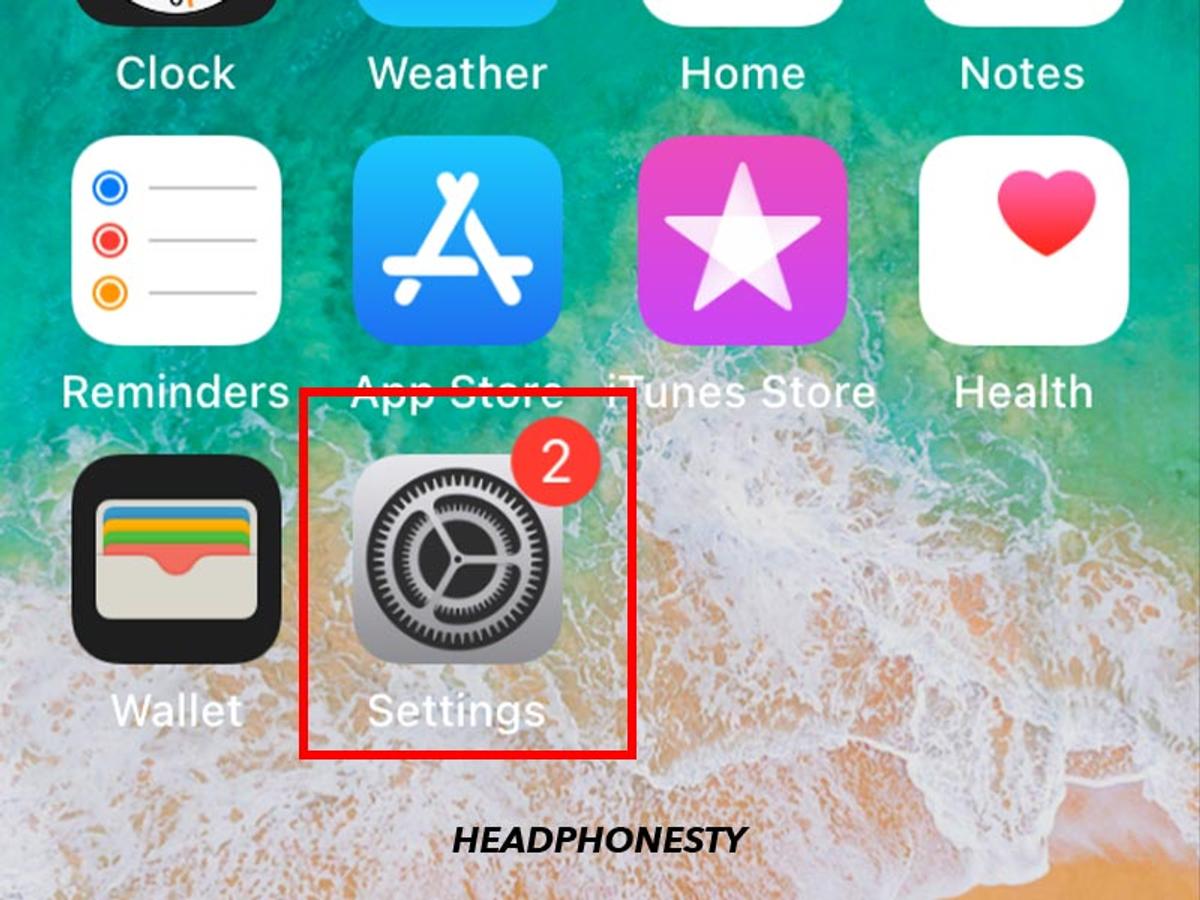
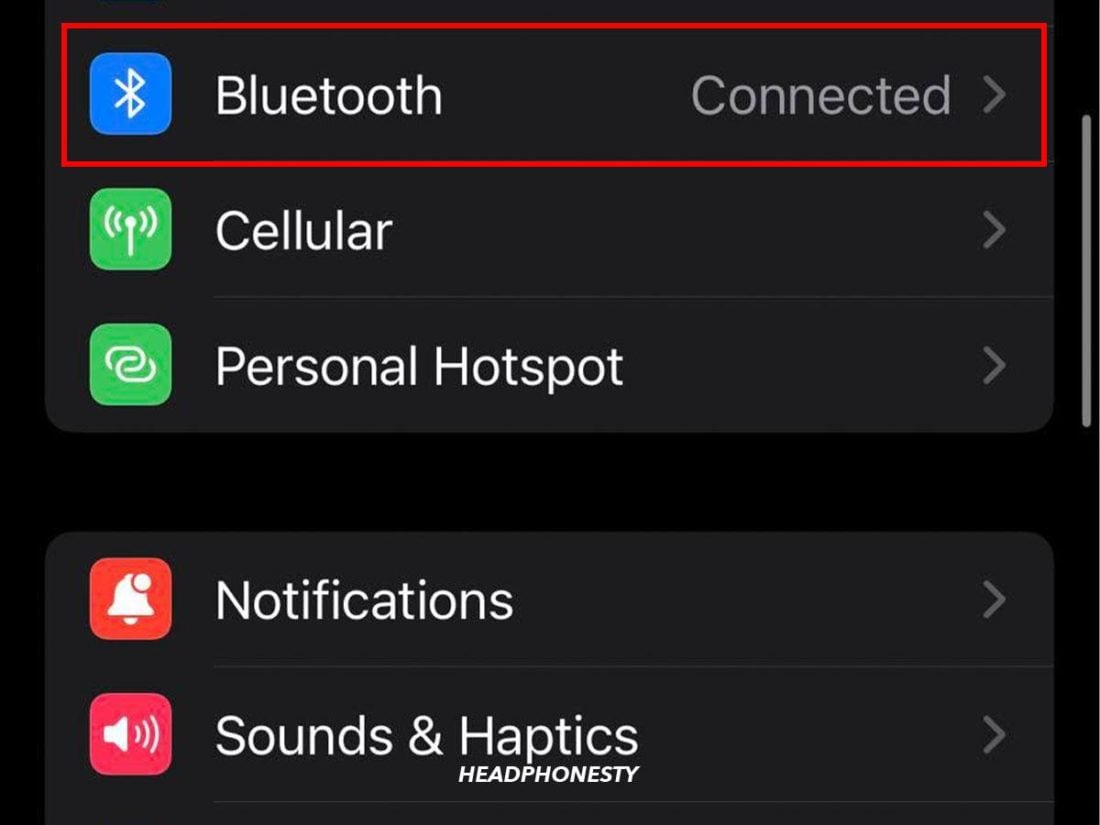
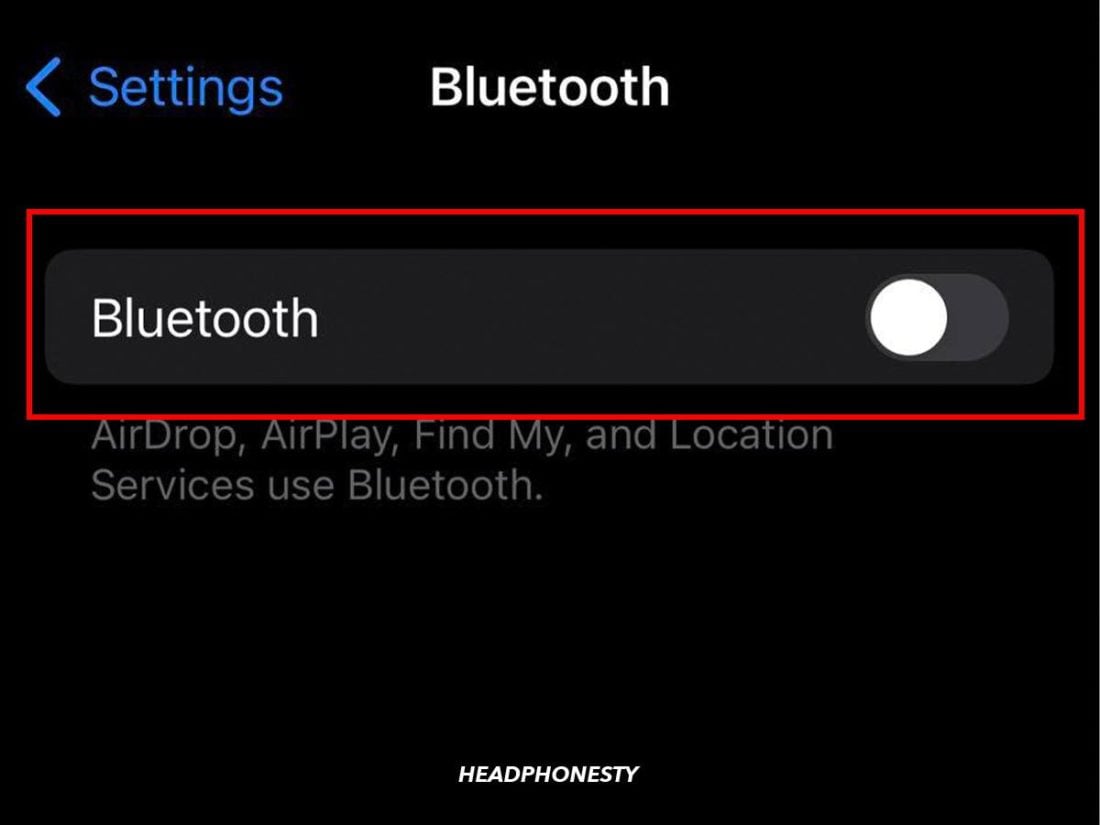
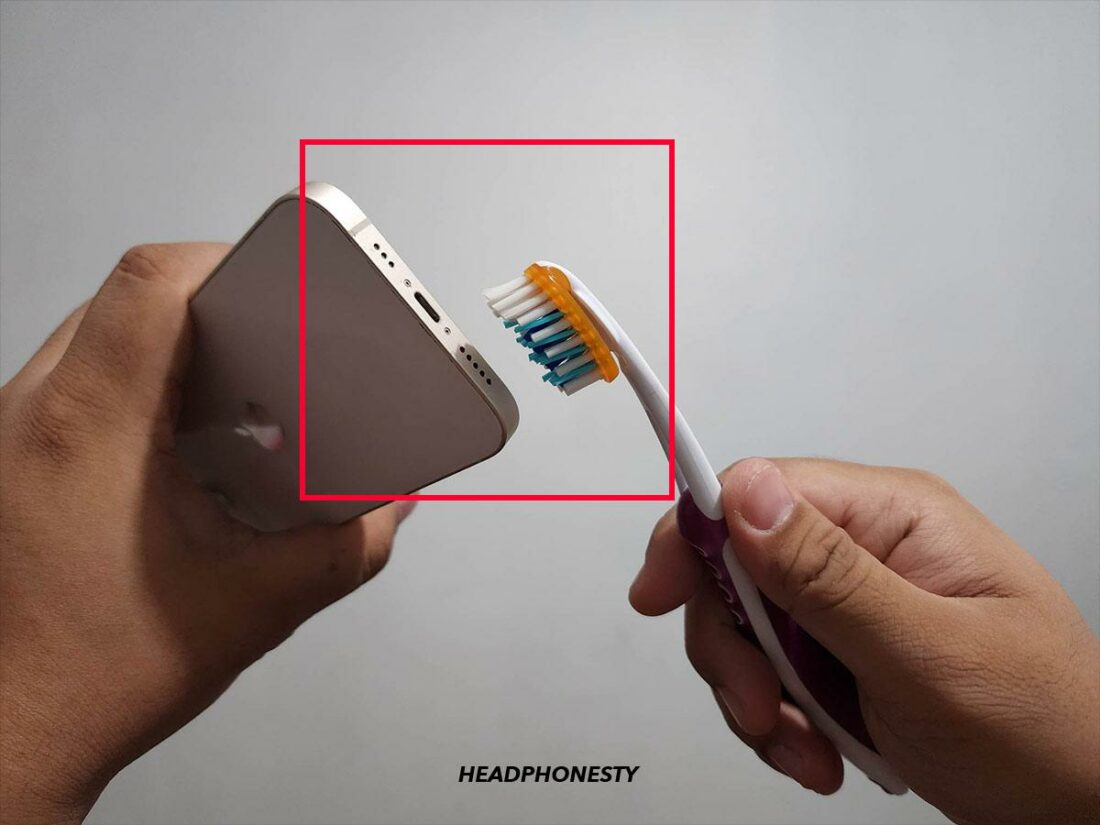
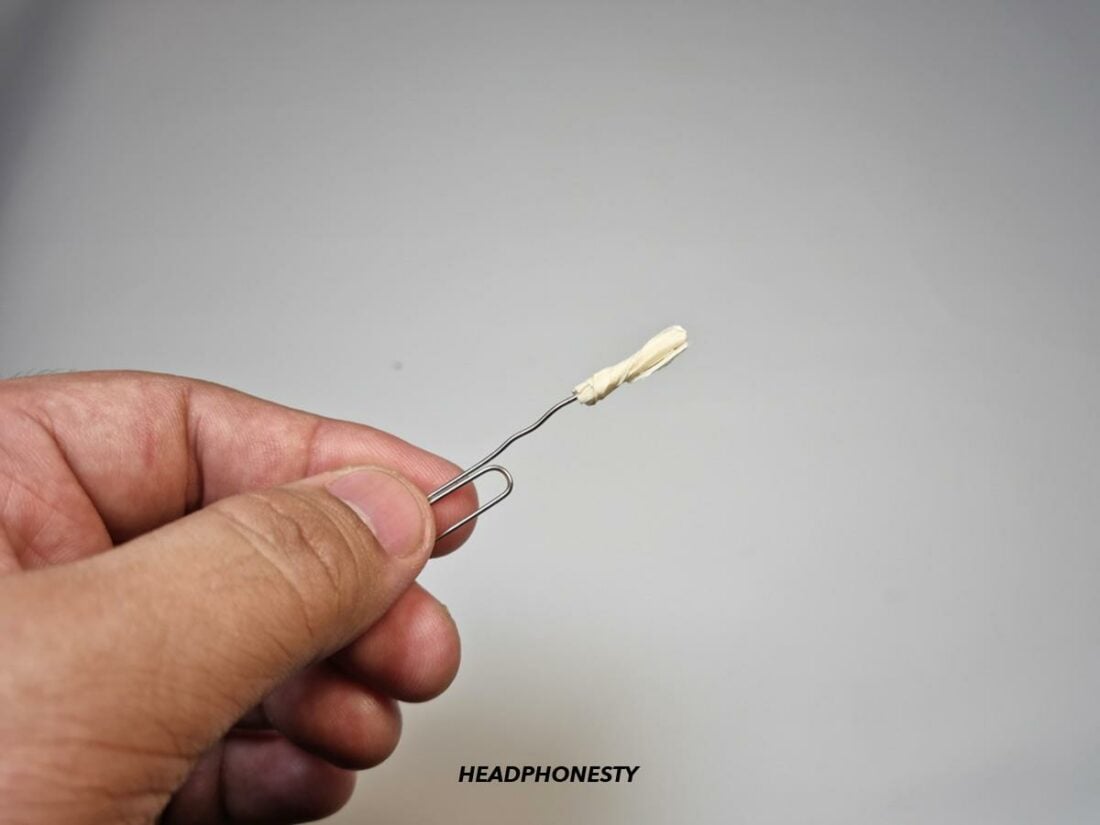
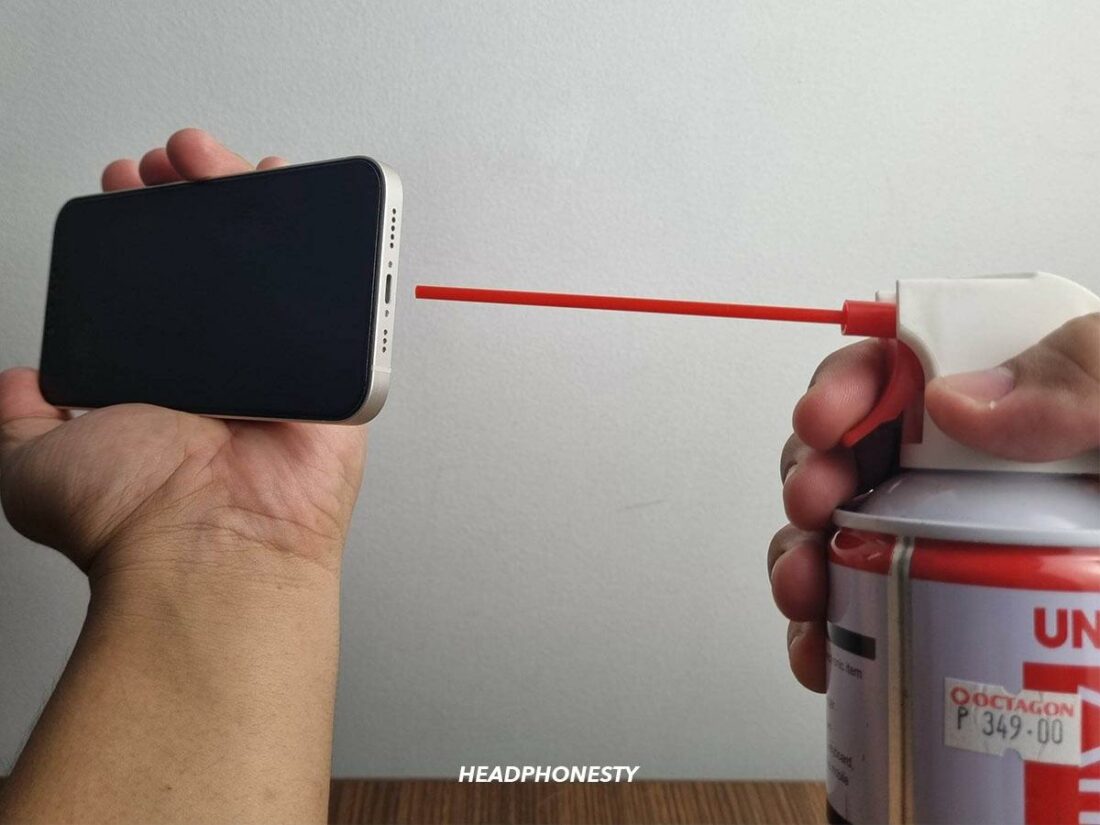
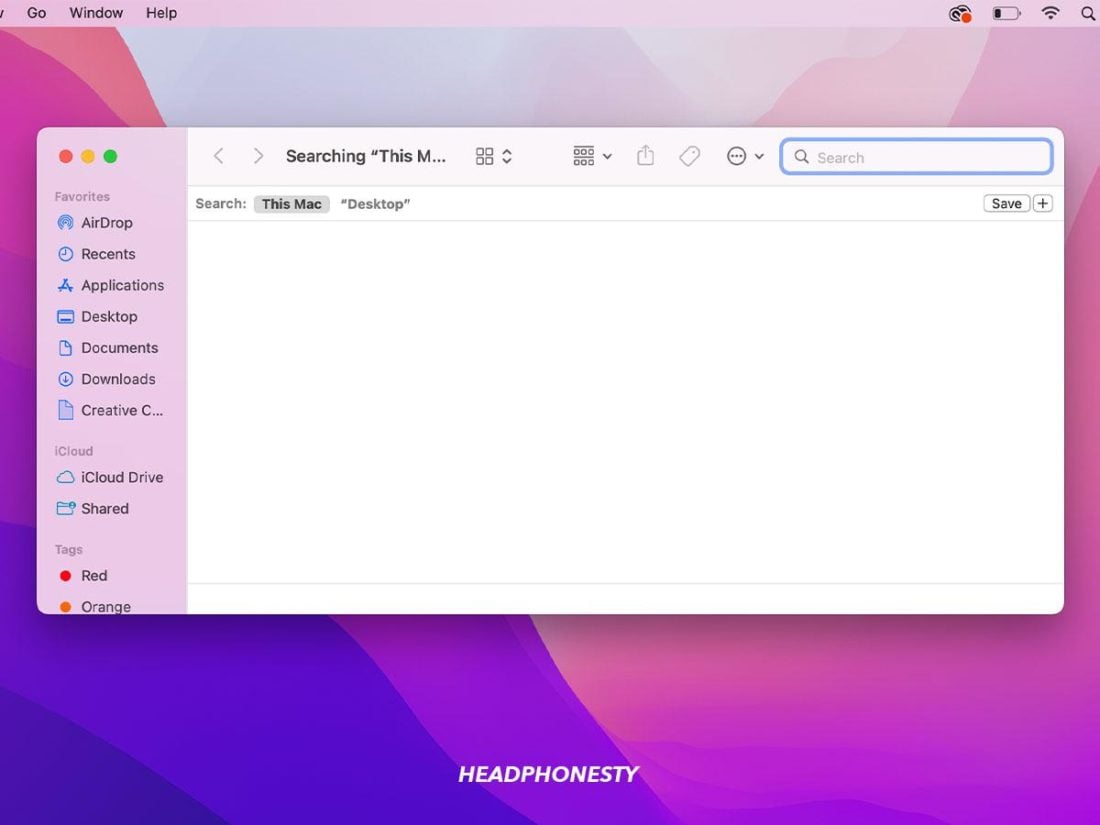
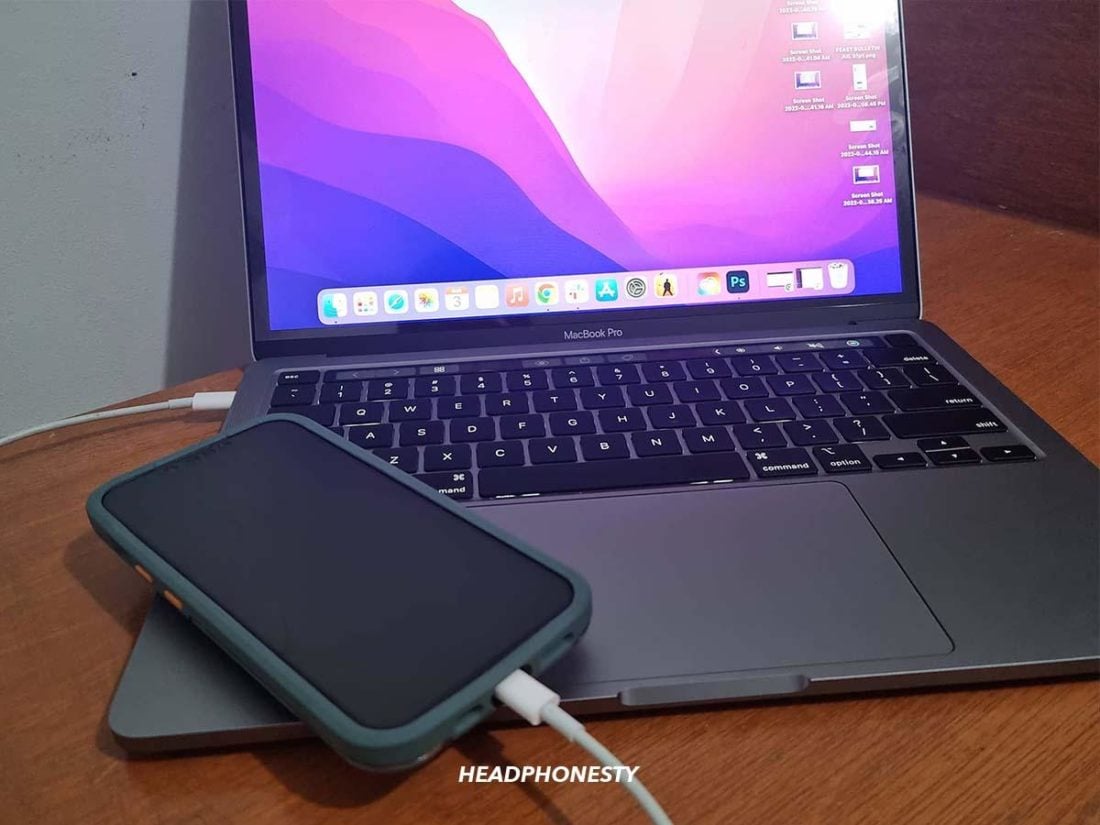
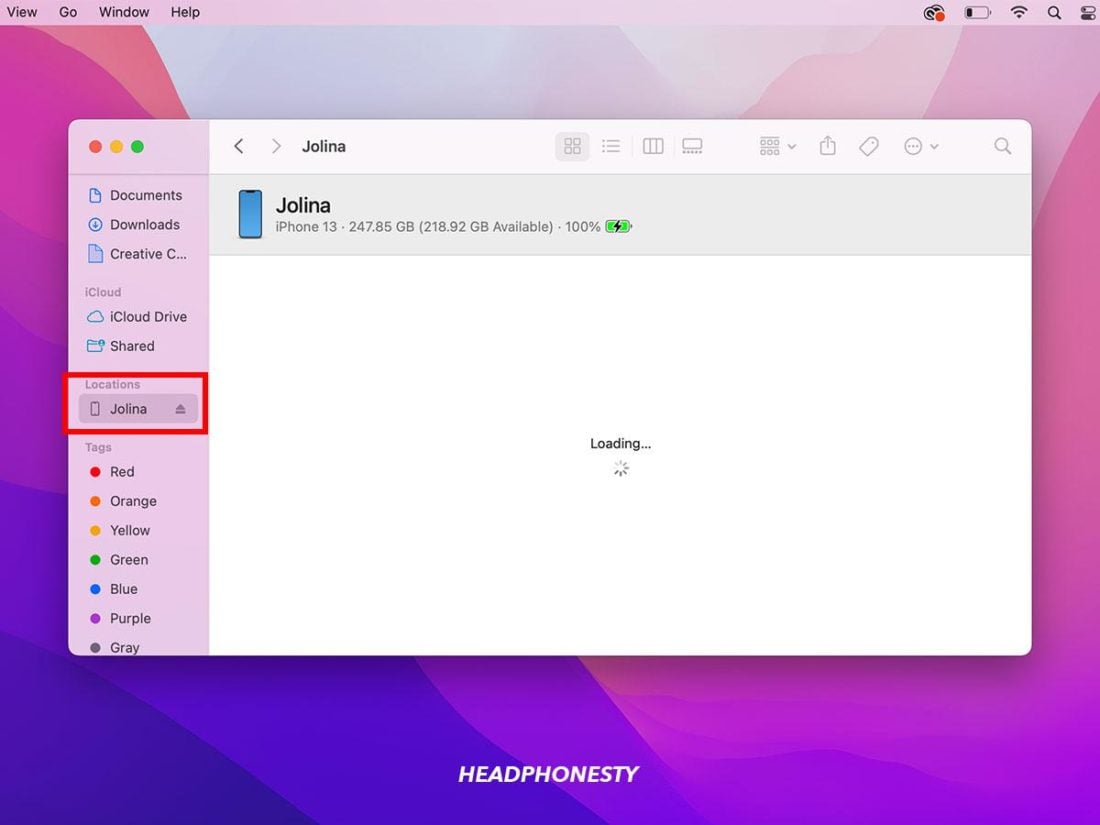
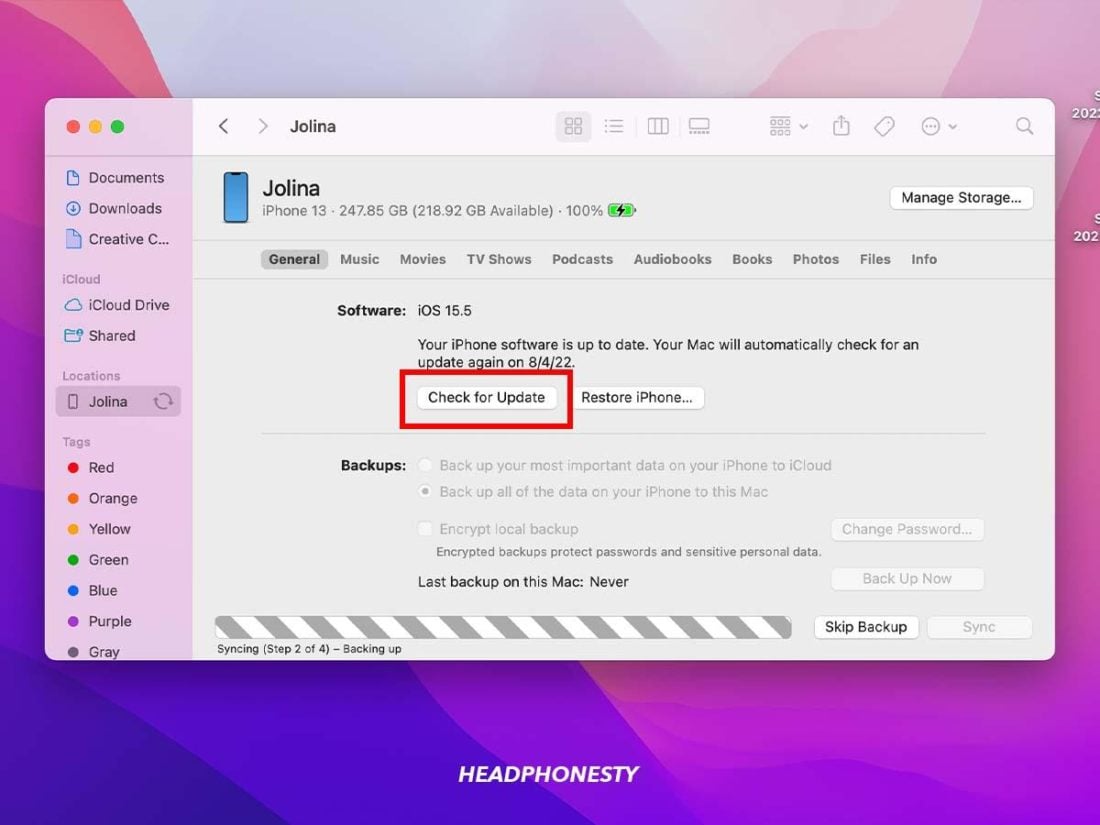
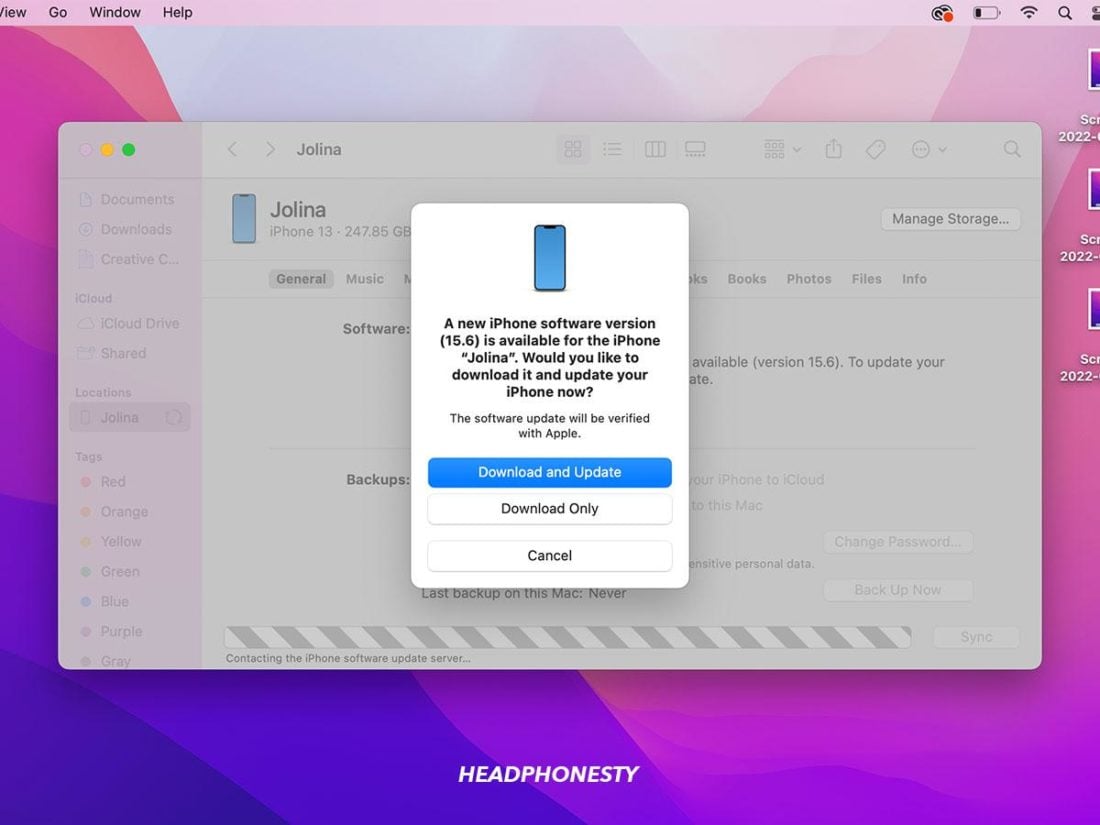
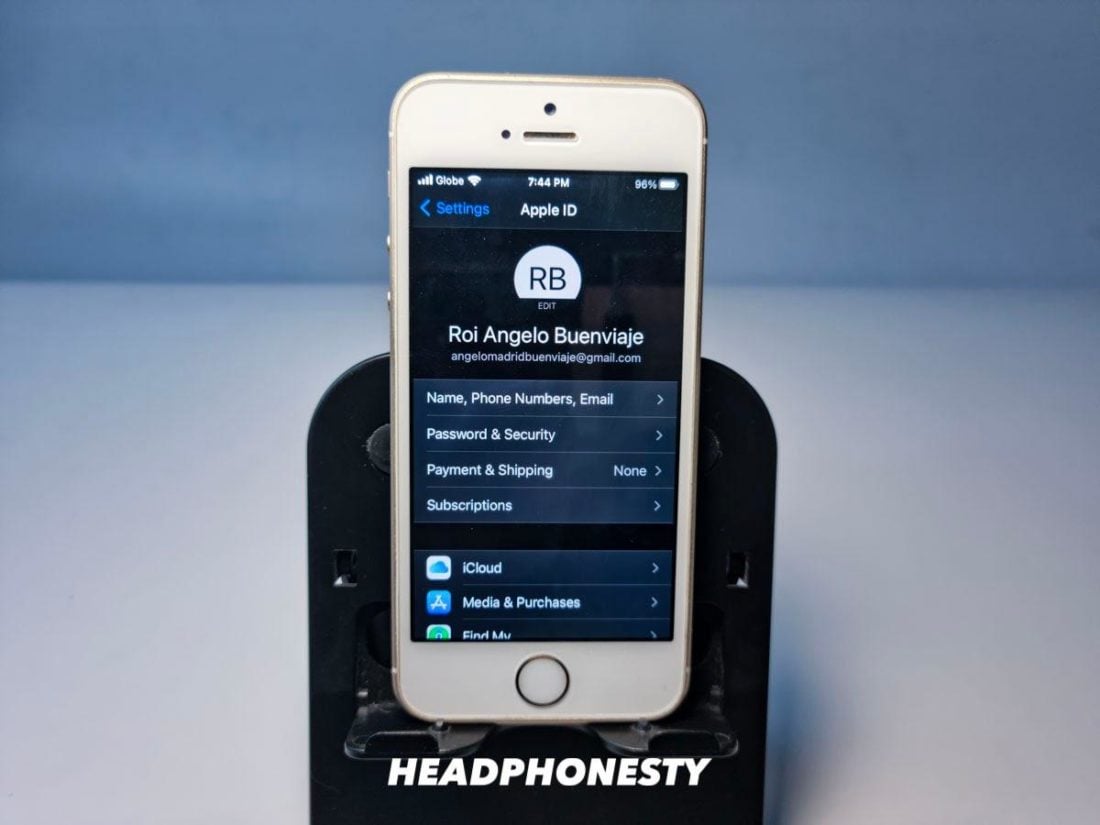
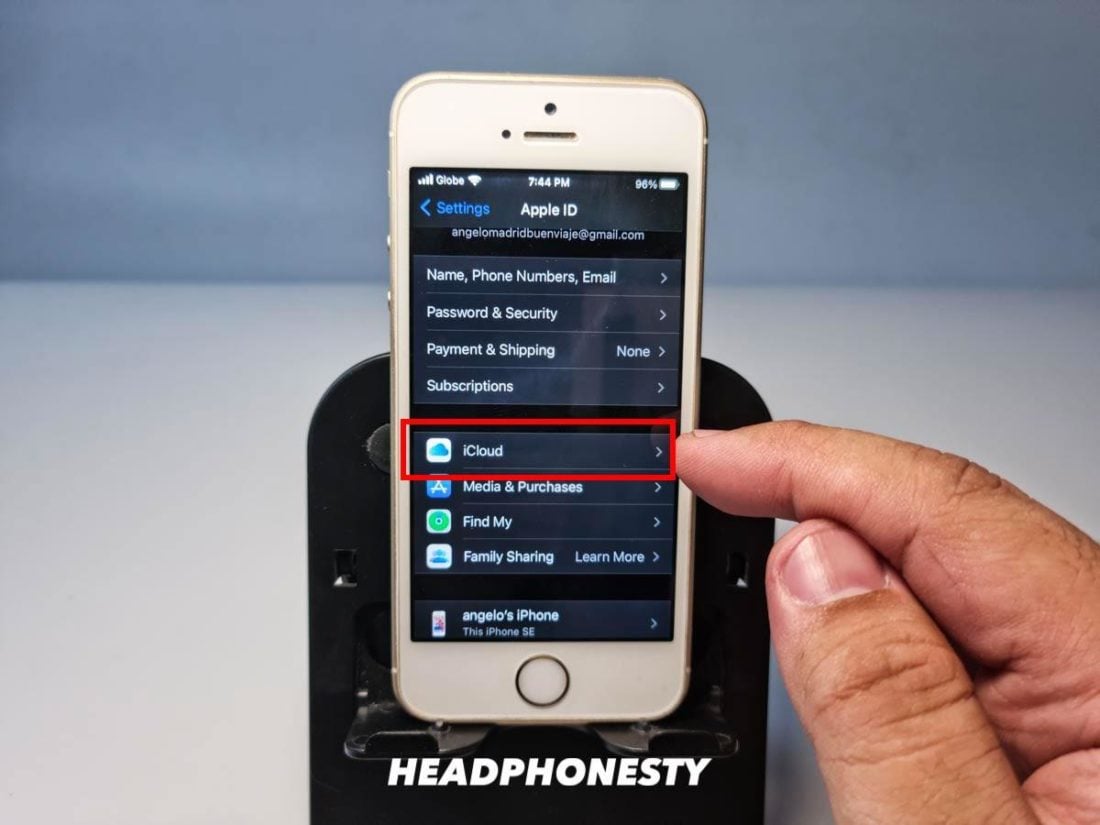
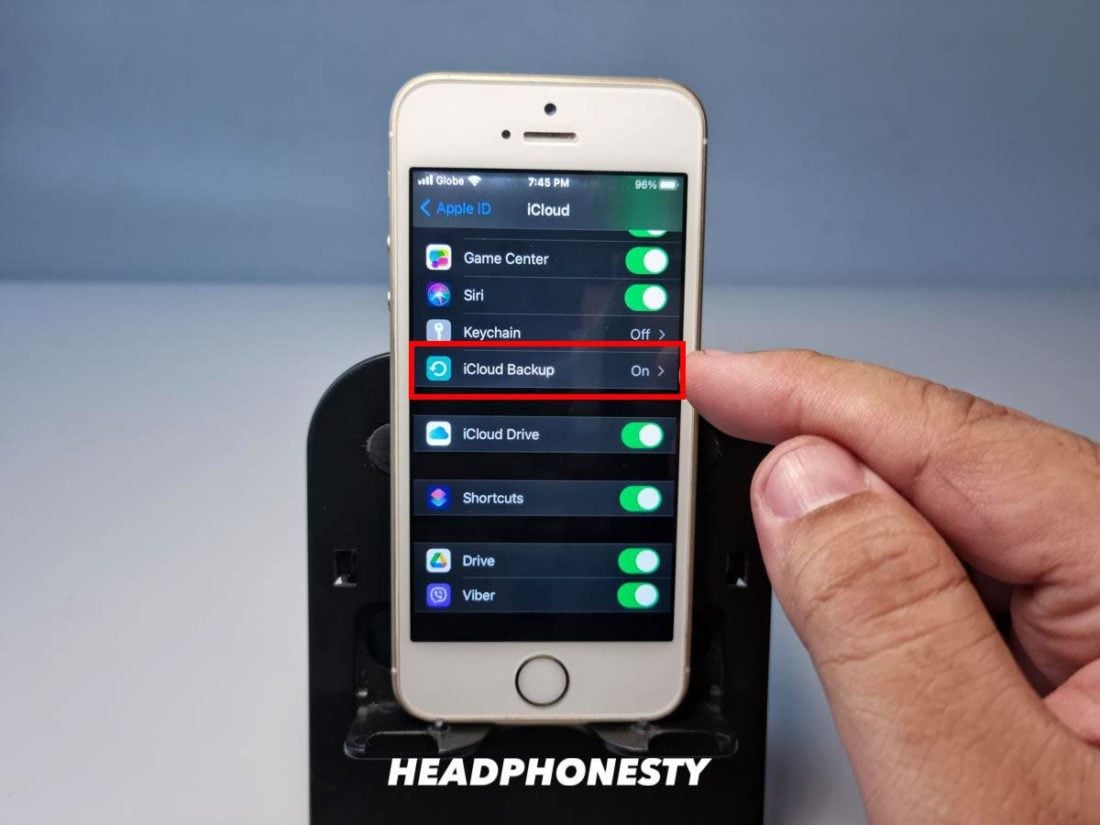
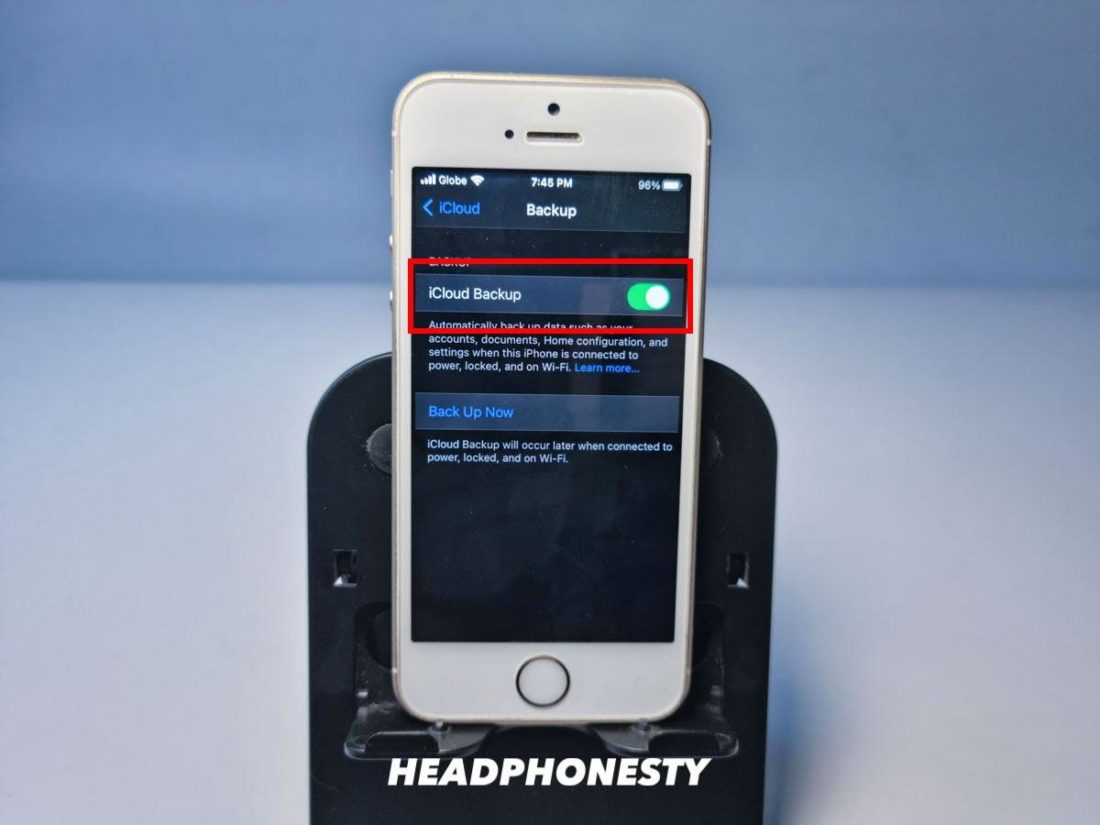
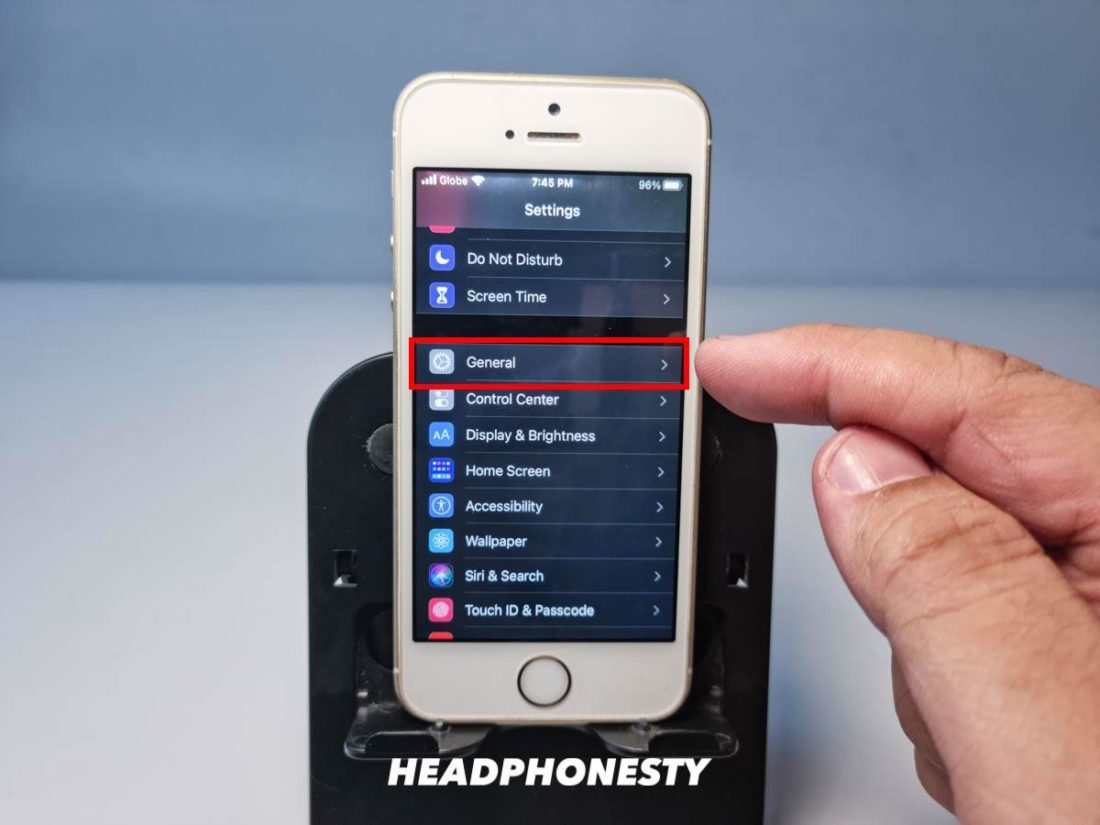
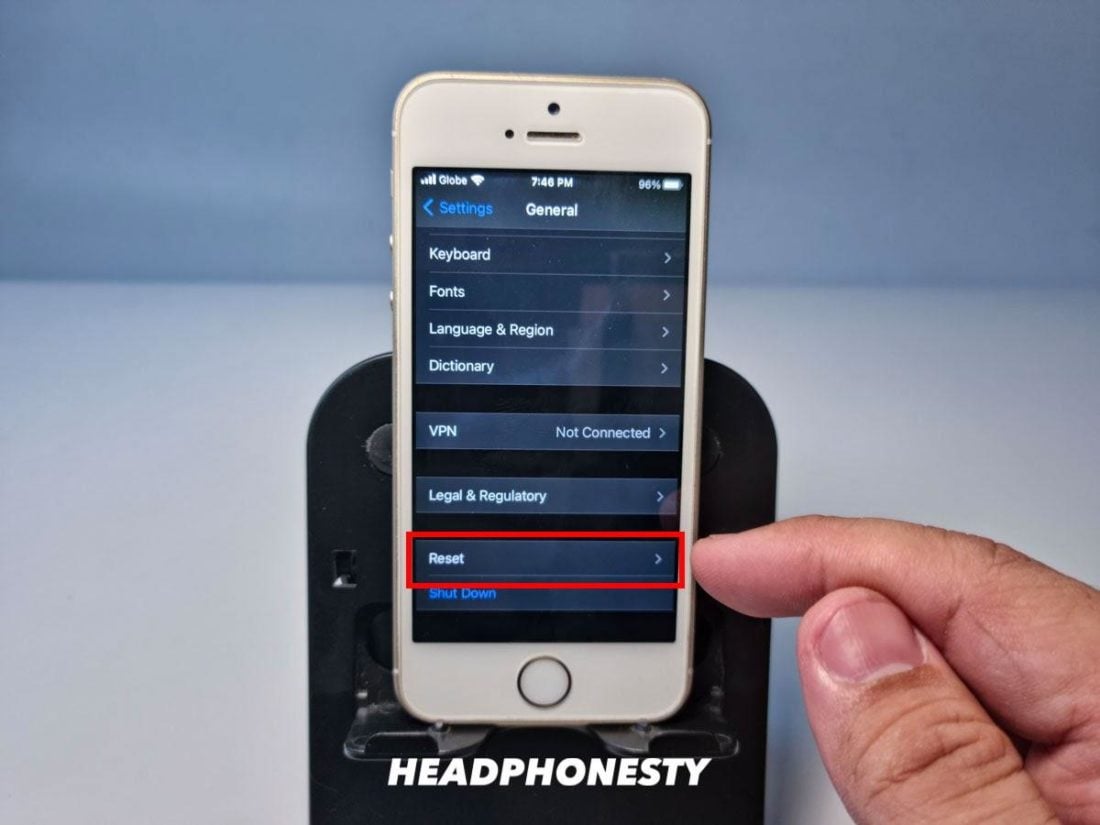
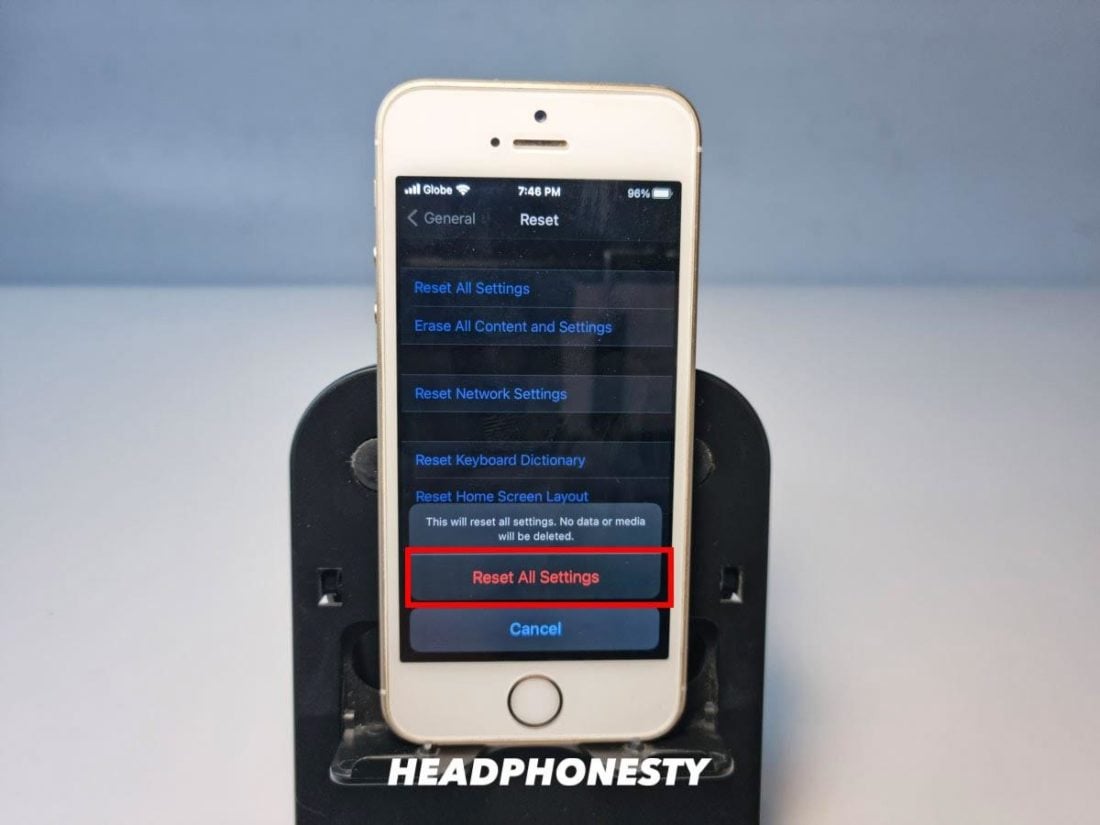
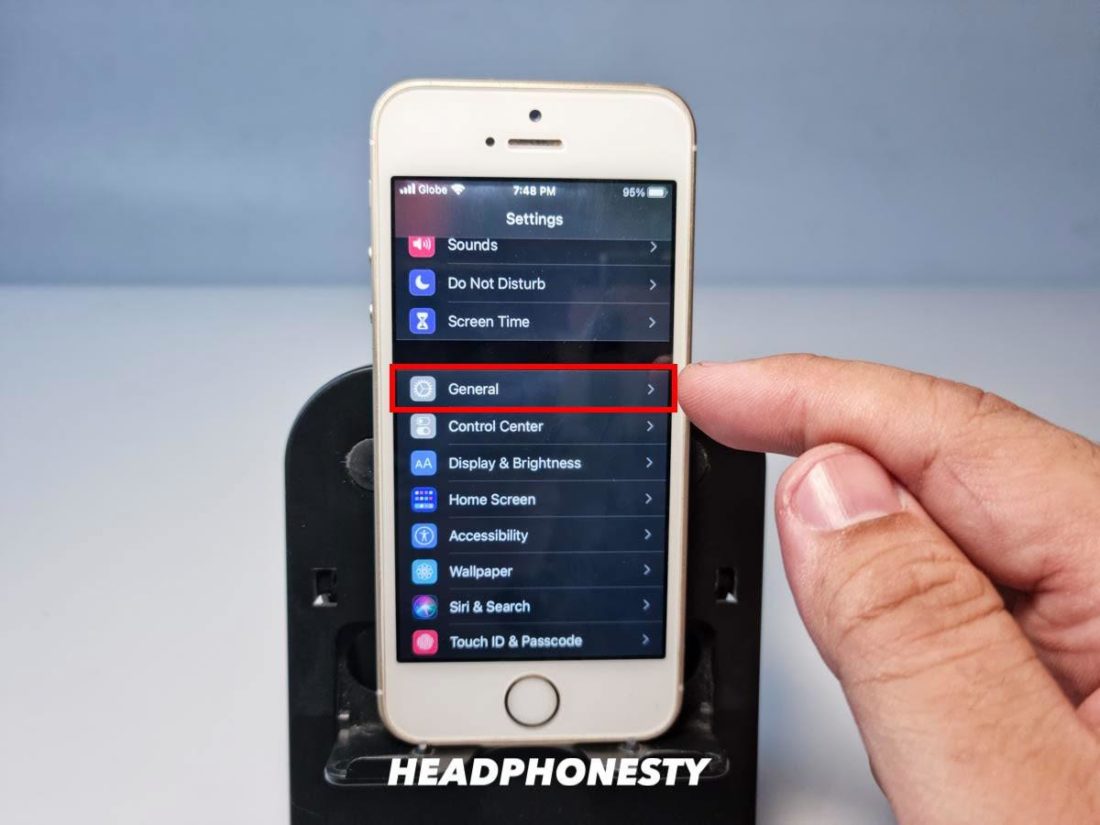
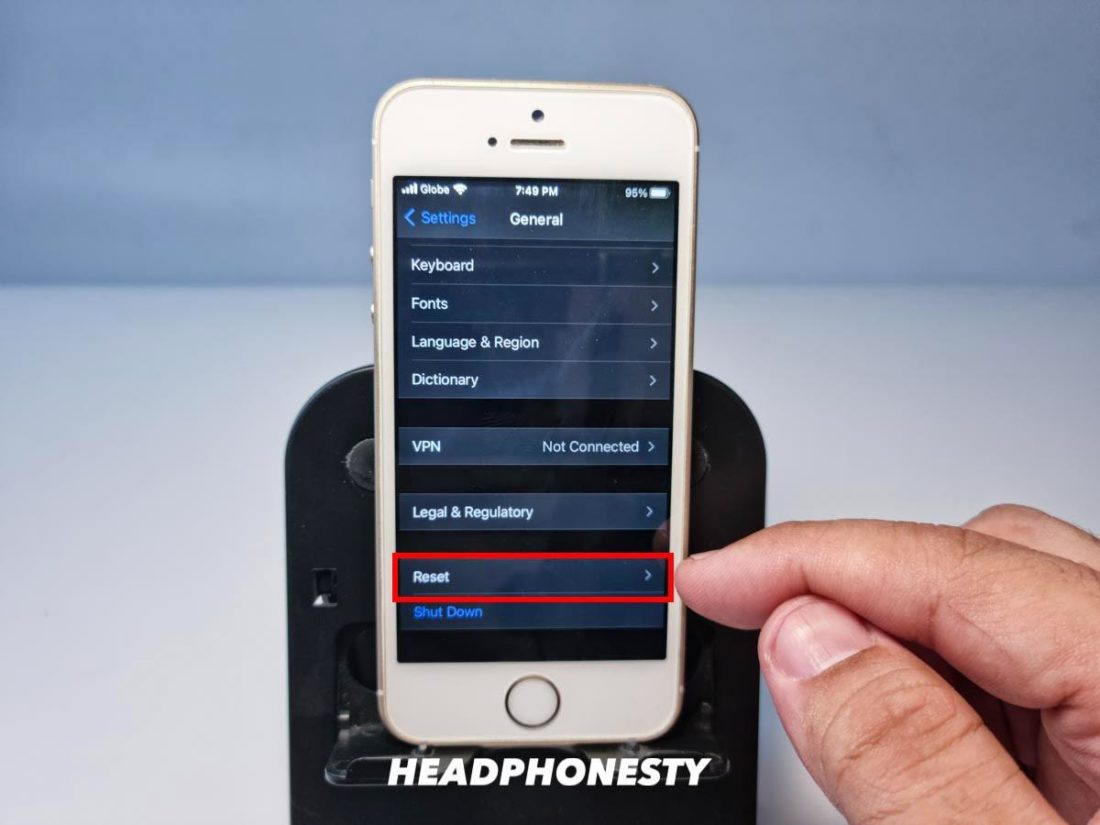
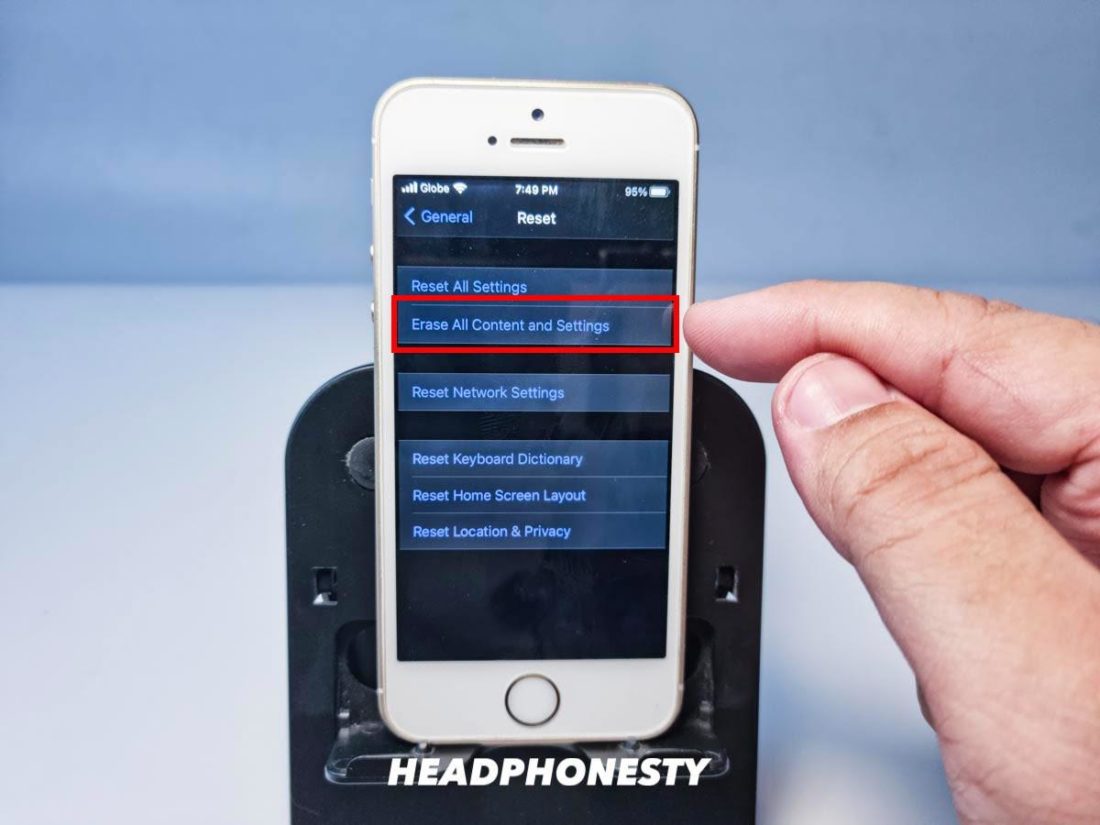
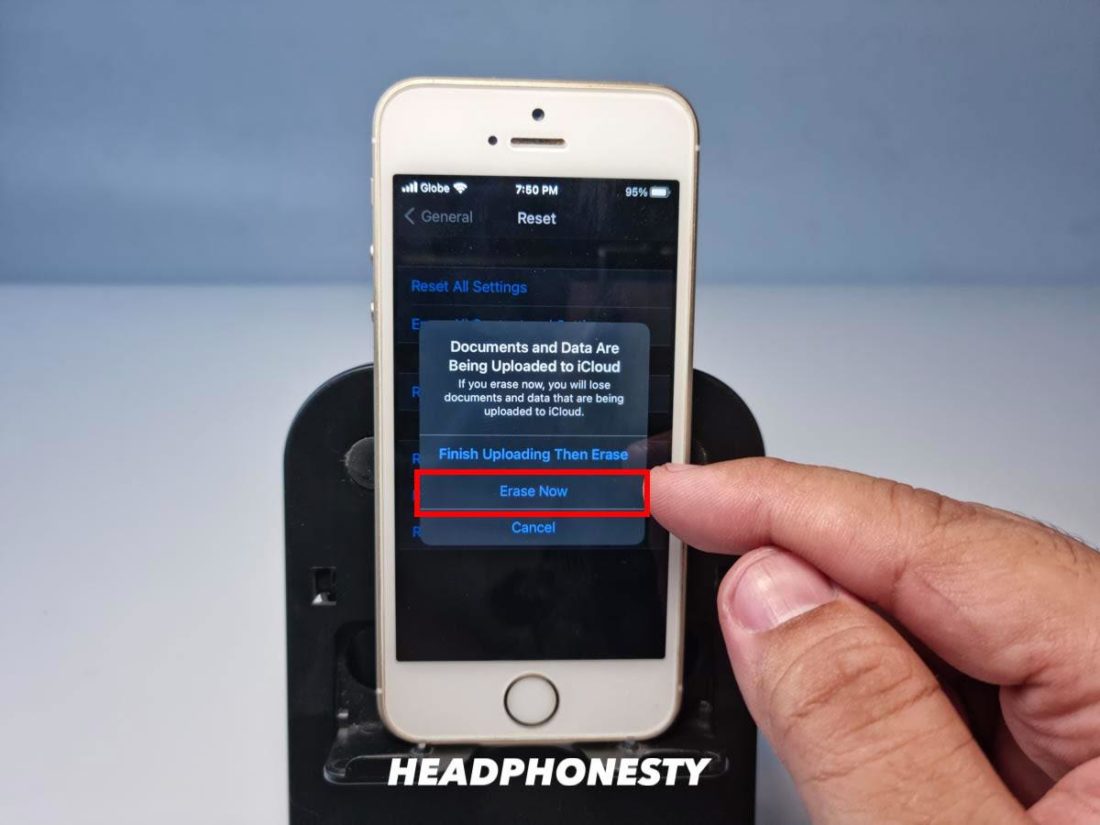
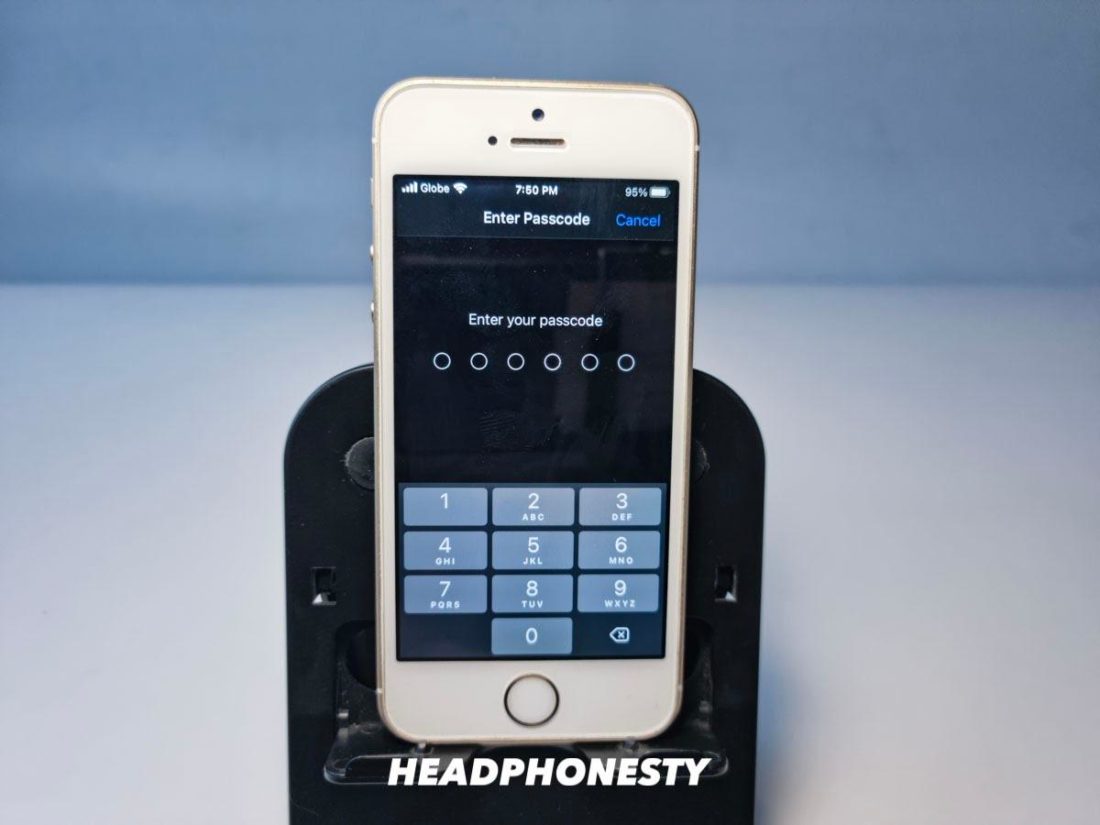
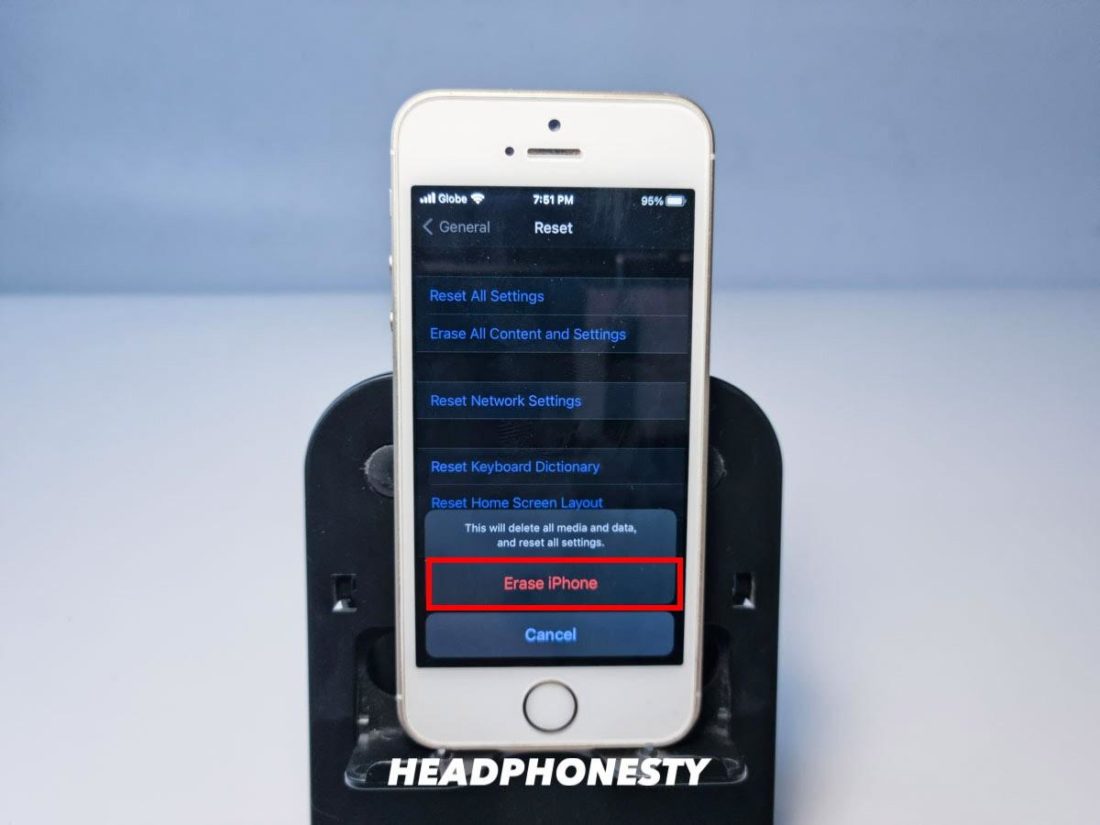
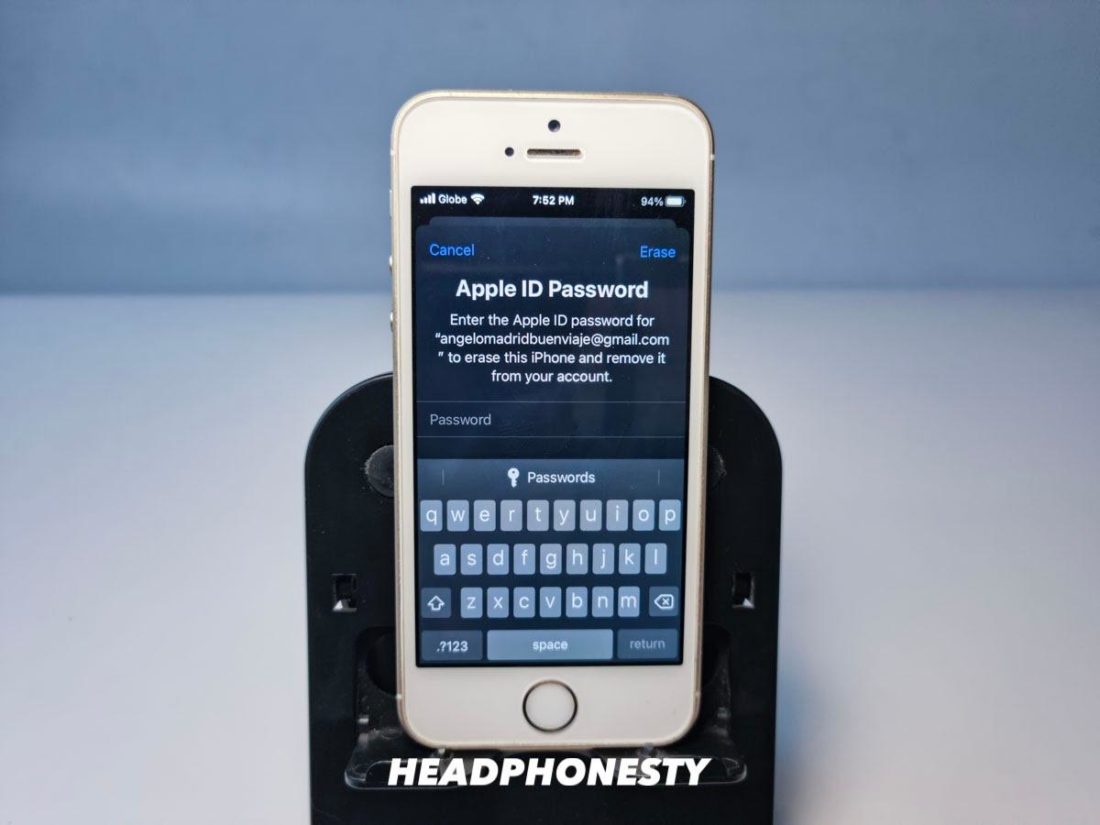
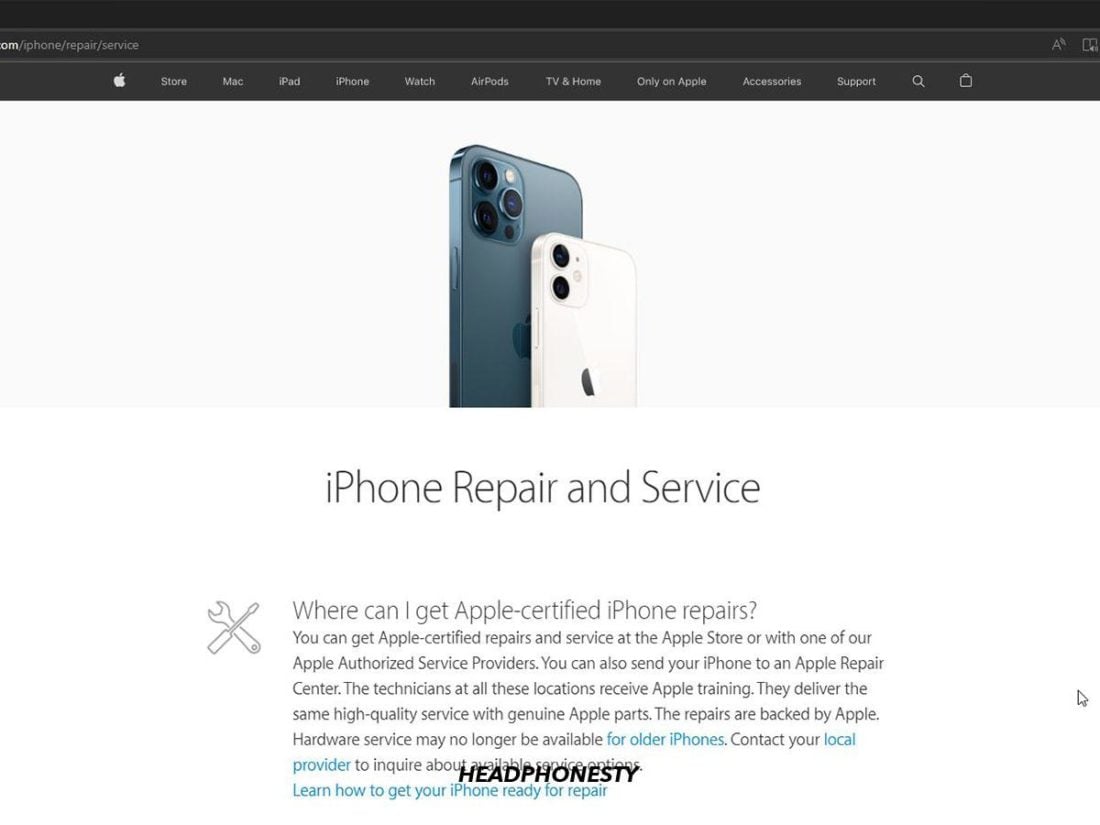
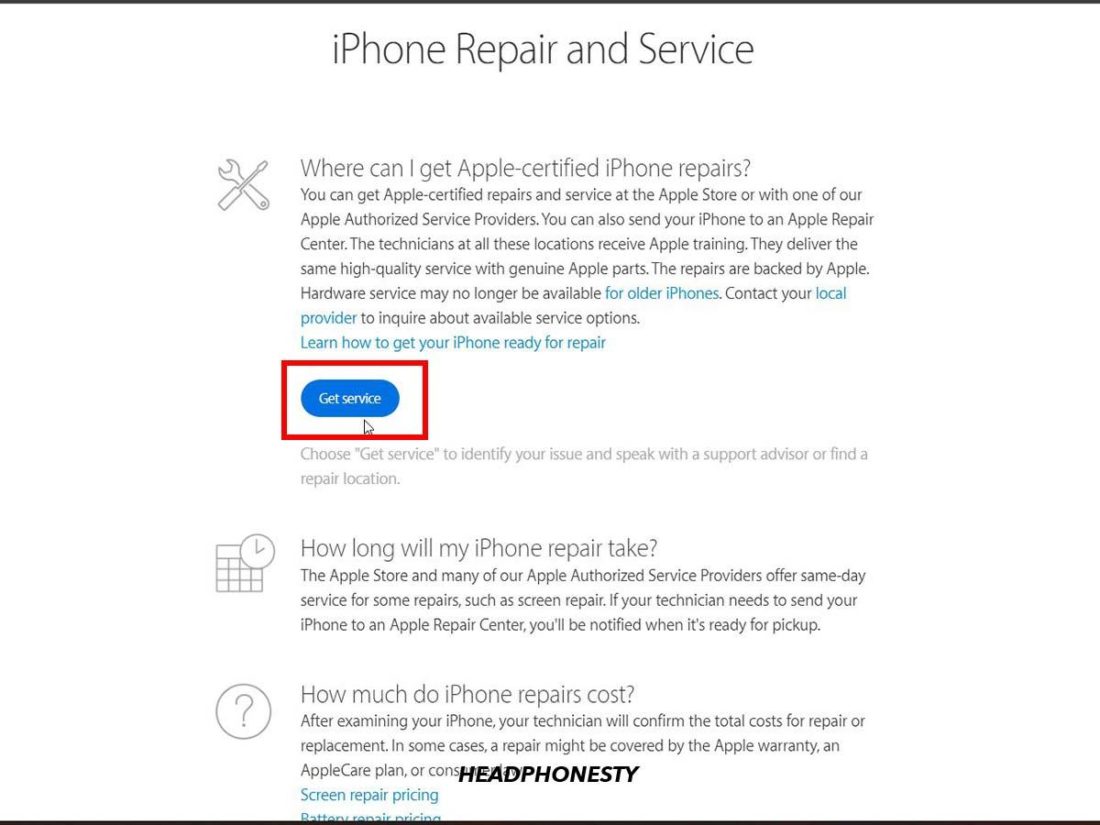
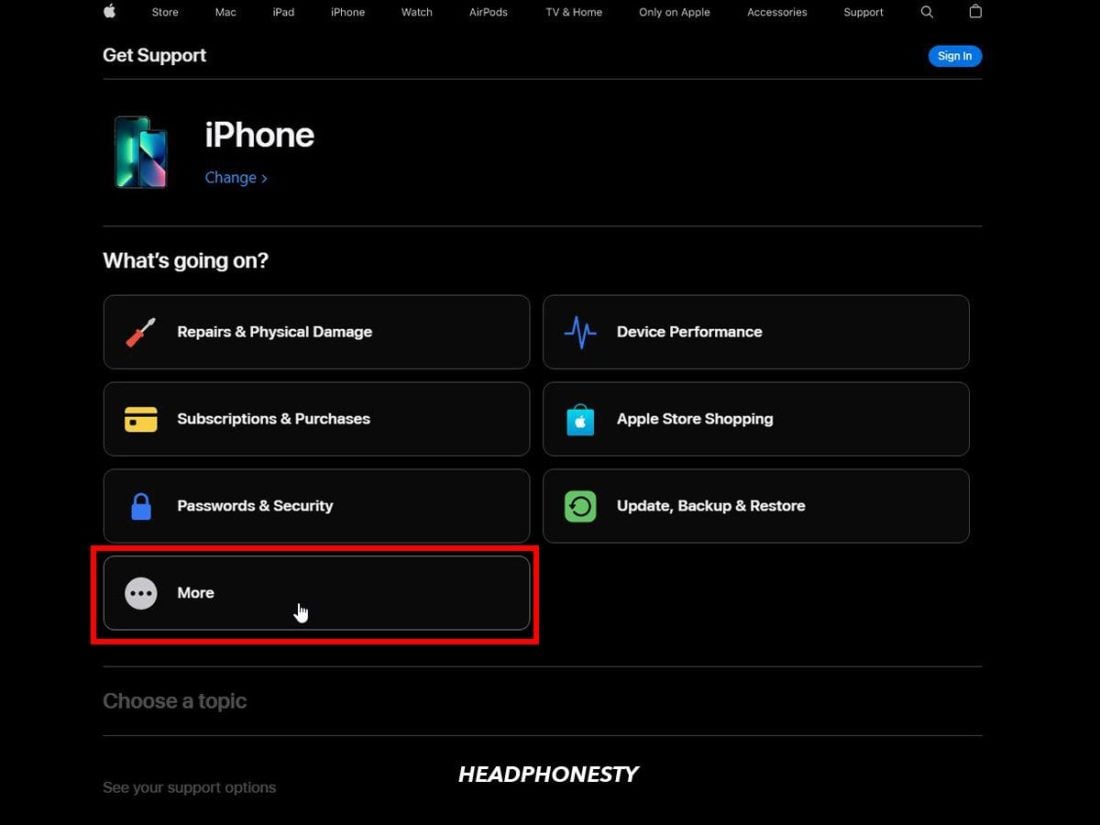
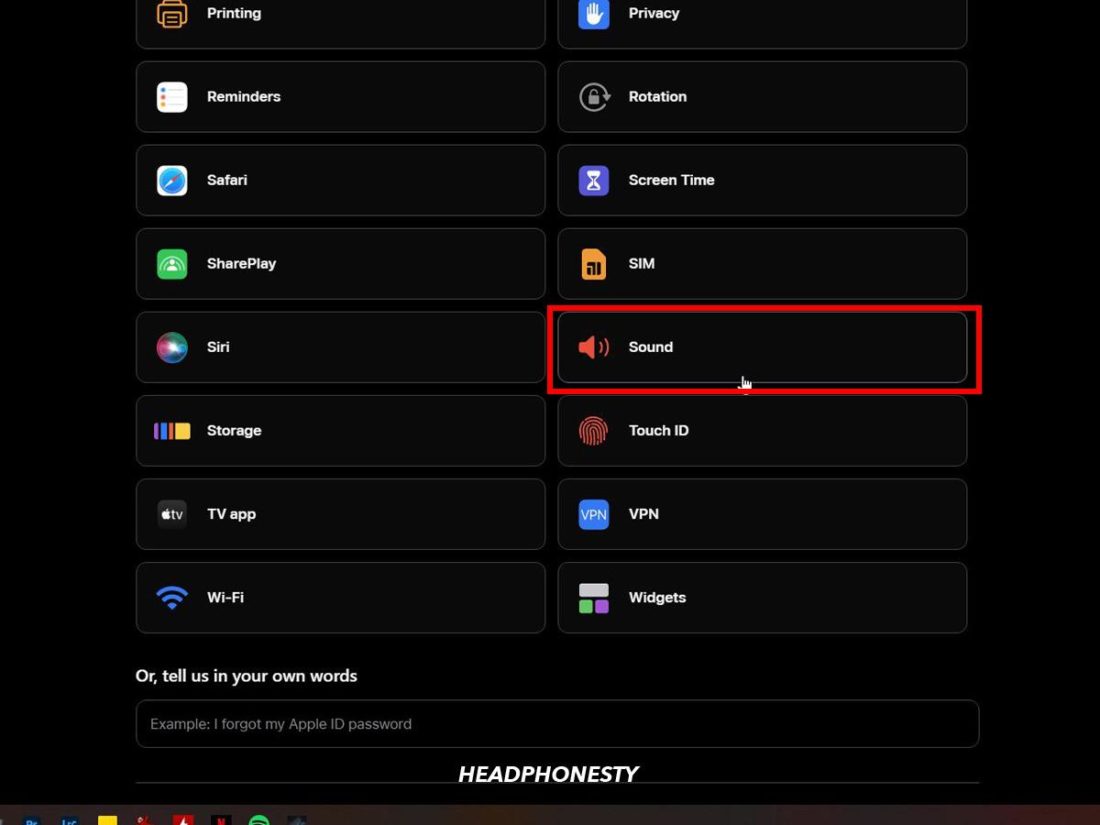
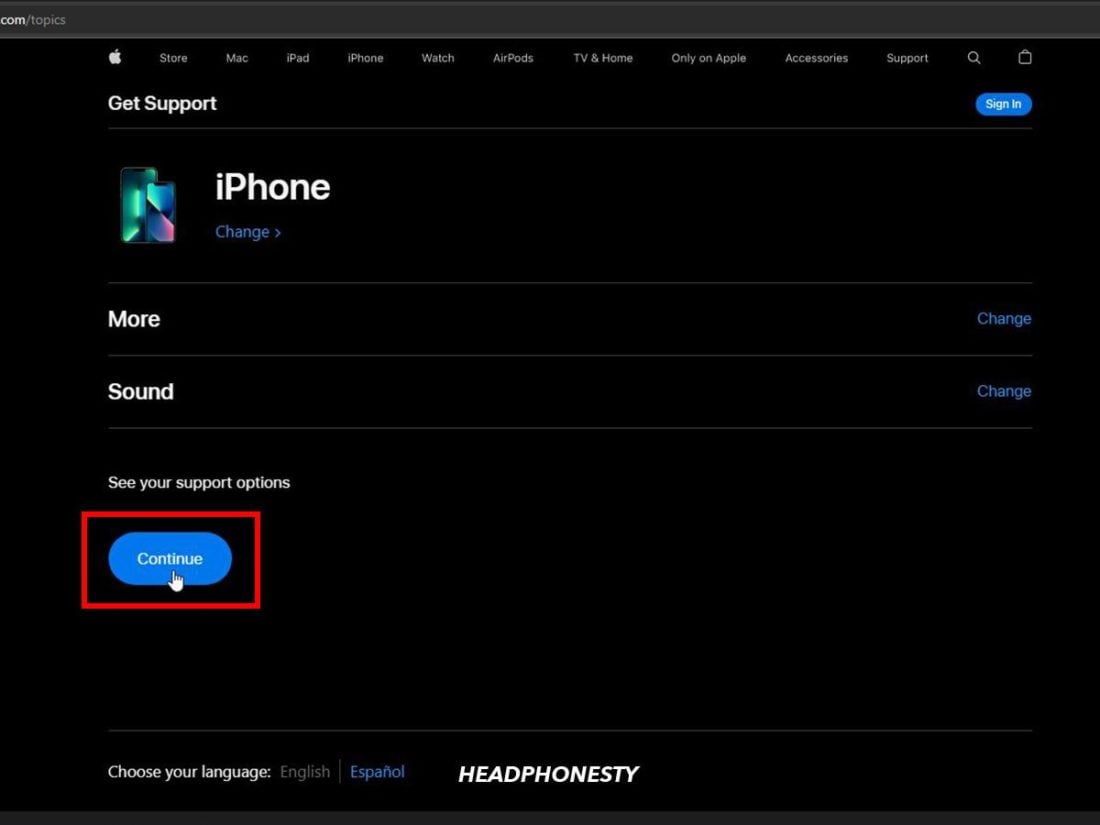
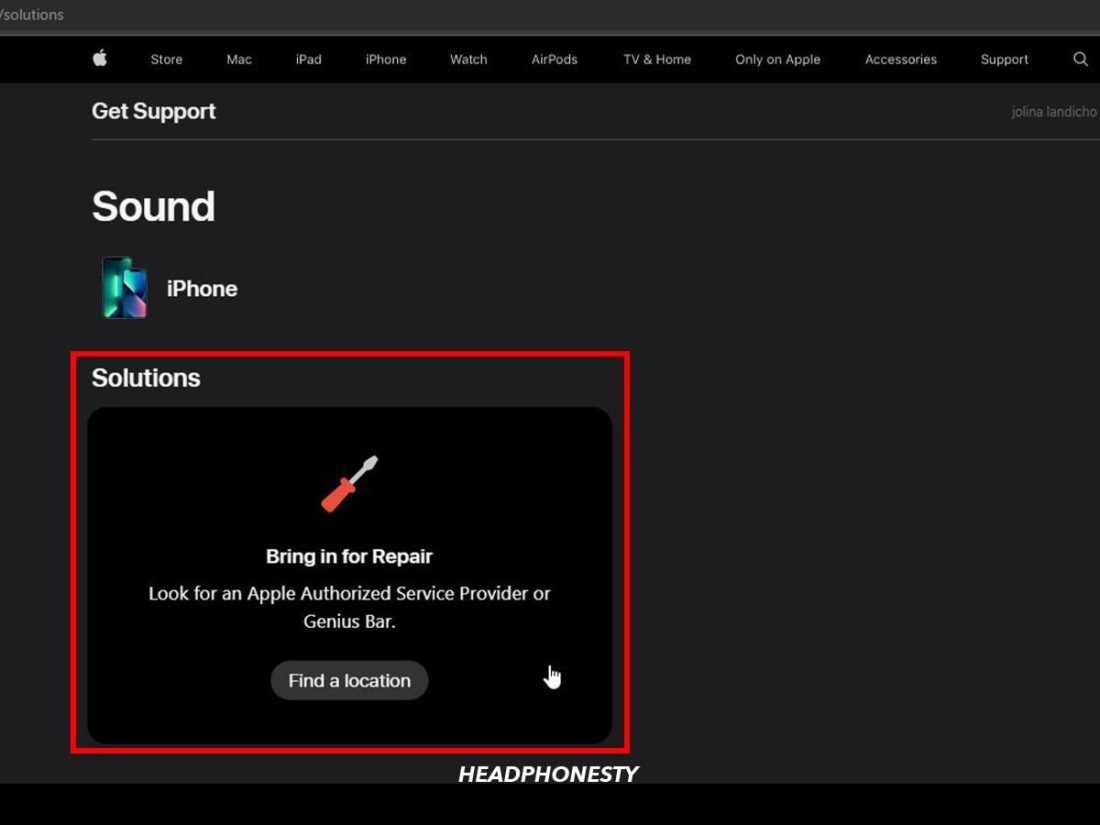
Thank you for your help.
Turned out to be number 2, the side toggle switch! So frustrating!
I found my Bluetooth was on but turning it off still didn’t help. I’ll need to see Apple. Thanks for the point by point opportunity to correct.
Thank you for the step by step instructions. I’d checked the side toggle button, but pushed it back and fore a few times and that sorted it. Although I didn’t need them on this occasion, the photographs for each step are super helpful .
Sounds came after doing all this but sometimes later it’s gone again
That’s fine don’t worry
I did everything but it’s still not working
I’ve tried every published tip to get wired Apple headphones working. No luck after days of effort. Pretty disappointing with my new 13 Pro, going to have to return it.
This is my 5th Iphone—every single one has had a an issue with making no notifications sounds. EVERYONE.
Here is one tip you missed: Iphone should get its s*** together and fix the problem so customers who pay good money for their phones don’t have to scour the internet to figure out how to make a basic requirement of a phone, since phones were invented, work.
Just a radical thought.
These are the best step by step instructions, thank you,
I solved my sound problem by turning off the Bluetooth.
still does not solve the problem, but then I would not go to the latter factory reset options for fear of deleting data. will just havevto bring to a service center. I have an XS and this happened after an ios 16.6 update .
My iPhone X works fine in every respect except when I am listening to an ebook. It starts off ok but after one or tow minutes the sound just stops.
Help…!
Thank you!
My problem was solved by turning off Bluetooth. Sound worked. Then turned Bluetooth on again. Sound still there. So happy!